Cuenca, Ecuador, is the country’s third-largest city and truly a hidden gem worth exploring. It boasts a wealth of unique sights and experiences!
Known for its charming colonial streets and stunning architecture, Cuenca has earned the nickname “the Athens of Ecuador.” This designation reflects its rich cultural heritage and artistic flair, making it a delightful destination for visitors.
Planning a trip to Cuenca, Ecuador, can feel overwhelming with so much to see and experience. During our visit, we navigated everything on our own, but it took time and effort to figure out the best spots, routes, and activities. If you’d rather skip the hassle, I highly recommend getting a FREE custom travel itinerary from trusted local experts. They’ll help you uncover Cuenca’s hidden gems while supporting this blog and Ecuadorian communities.
The city is rich in culture, arts, and artisanry, which is why the Historic Center of Cuenca is recognized as a UNESCO World Heritage Site. The locals, known as Cuencanos, are renowned for their hospitality; they are welcoming and friendly, making Cuenca a popular destination not just for tourists but also for ex-pats and retirees.
Cuenca is a captivating destination that has drawn visitors for centuries. It’s a modern treasure trove filled with history, culture, and natural beauty. With an elevation of 2,550 meters above sea level, Cuenca is one of the oldest cities in South America. We absolutely loved the vibe of Cuenca—it’s truly a must-visit city in Ecuador.
During our 15-day self-drive trip around Ecuador, Cuenca was one of the highlights we explored (check out Day 13 for more details!).
Why Cuenca is a Must-Visit City in Ecuador
Cuenca, Ecuador, is a city that truly offers something for everyone. Whether you’re seeking breathtaking natural scenery, historical landmarks, or a vibrant nightlife scene, Cuenca has it all. Nestled in the Andes Mountains at an elevation of approximately 2,550 meters above sea level, it provides a stunning backdrop for exploration.
The unique combination of its picturesque location and a year-round mild climate makes Cuenca a popular destination for tourists from all around the globe.
Cuenca is also one of the most affordable places to live in Ecuador, making it an excellent choice for ex-pats seeking a quality of life that’s hard to find elsewhere in South America.
For these reasons and many more, Cuenca is undoubtedly one of the best places to visit in all of South America. Its combination of affordability, culture, and stunning landscapes makes it a top destination for travelers and those looking to settle down.
Things to do in Cuenca, Ecuador
Cuenca Historic Center
Visiting one of Ecuador’s UNESCO World Heritage Sites is a must.
Cuenca’s Historic Center is a treasure trove of stunning architecture, featuring both the Old and New Cathedrals, along with charming cobbled streets that invite exploration. The area is also dotted with beautiful plazas, including Plaza Calderón and Plaza San Sebastián, where you can soak in the local atmosphere and enjoy the vibrant community life.
Parque Calderon
Parque Calderón is located right in front of the New Cathedral in the city center, surrounded by stunning old buildings that showcase magnificent architecture.
The park has a relaxing ambiance, with tall trees and benches providing shaded spots to rest. If you need a break from all the walking, Parque Calderón is the perfect place to unwind and enjoy a bit of tranquility. For those who love to stay connected, the park also offers Wi-Fi access, making it easy to browse and post on your social media accounts while soaking in the beauty around you.
Inca Ruins
Just behind the Pumapungo Museum, we discovered the fascinating ruins of Parque Arqueológico del Pumapungo. It was incredible to think that these ruins were once part of the ancient city of Tomebamba.
I learned that Tomebamba was initially inhabited by the Cañari people before the Incas took control and turned it into a fort. There’s something captivating about the history here, especially knowing that the structures might have been damaged during a civil war among the Incas. Exploring this site really gave me a deeper appreciation for the rich cultural tapestry of Ecuador.
Turi Lookout
If you’re after an incredible bird’s-eye view of Cuenca, Turi Lookout, or Mirador de Turi as the locals call it, is the place to be. From up there, you can also catch a glimpse of Parque Calderón. Just be prepared to climb around 500 steps to reach the top!
Plan perfect trip to Ecuador & Galapagos
I spent countless hours researching everything about traveling to Ecuador, and I created this blog for fellow travel enthusiasts who want the best, most reliable information. But if you want to save time, we’ve partnered with the top local agency to plan your dream trip.
For those looking for a bit of physical activity and an adrenaline rush, Parque Extreme Turi is right next to Turi Lookout. Here, you can dive into thrilling activities like zip-lining, crossing swing bridges, and soaring on high-flying swings. It’s the perfect way to combine breathtaking views with some exciting adventures!
Amaru Biopark
Amaru Biopark is a wonderful destination that showcases species primarily native to Ecuador. The park’s layout is designed around the mountains, allowing visitors to see the animals in environments that closely resemble their natural habitats. It’s a fantastic opportunity to appreciate the unique wildlife and conservation efforts in the region while enjoying the stunning scenery.
At Amaru Biopark, you have the chance to see real-life wild animals like jaguars and Andean bears up close. Just keep in mind that the park features an open-air layout, and it involves a long hike! It took us about two hours to complete the trail, and we were moving at a pretty brisk pace. The experience was definitely worth the effort, as we got to enjoy both the stunning views and the amazing wildlife along the way.
Amaru Biopark operates as a non-profit wildlife conservation organization, which means that many of the animals you encounter there have been rescued from threatening situations, including illegal trafficking. The park’s unique layout allows these animals to roam freely in the mountainous terrain while providing visitors with the opportunity to observe them in a more natural setting. This design not only enhances the experience for guests but also serves an educational purpose, allowing us to learn more about wildlife conservation and the important efforts being made to protect these incredible species.
Cuenca’s Impressive Flower Market
Ecuador is famous for its vibrant and colorful flowers, proudly ranking as the third-largest flower exporter in the world.
In Cuenca, you can visit the Flower Market, or Mercado de las Flores, located in an open space next to the New Cathedral. The plaza is alive with stalls and flower vendors showcasing stunning arrangements. It’s a feast for the senses, with the bright colors and delightful fragrances creating a beautiful atmosphere that truly captures the essence of Ecuador’s floral heritage.
Walk around Tomebamba Riverfront
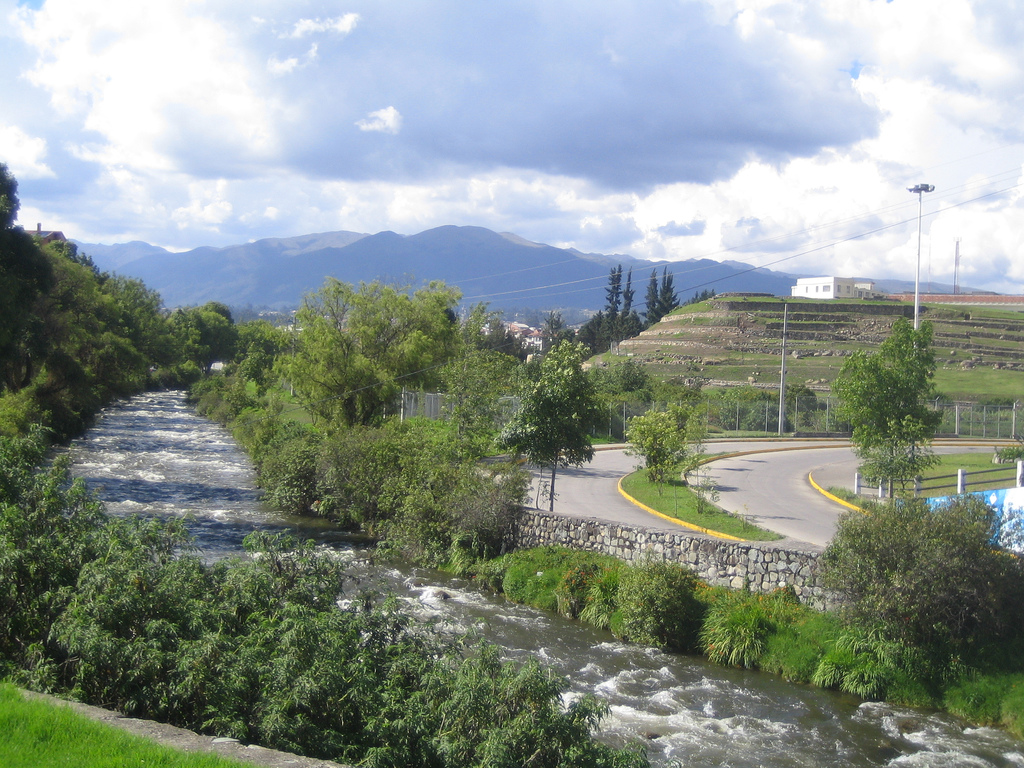
The Tomebamba River, which originates from the mountains of Cajas National Park, flows through the southern edge of Cuenca’s Historic Center before continuing its journey toward the Amazon River.
Strolling along the grassy riverfront of the Tomebamba is a delightful experience. It’s perfect for leisurely walks on a lazy weekend afternoon. If you visit on a Sunday morning, you can take advantage of the city government’s initiative to offer free bicycles for both locals and tourists, making it a fantastic opportunity to explore the riverfront while enjoying the beautiful scenery.
Cuenca CIDAP
During our time in Cuenca, we made sure to visit the CIDAP (Inter-American Center for Crafts and Popular Arts), which quickly became one of our favorite spots. The museum is filled with beautiful handmade items, from intricate woodwork and pottery to vibrant textiles and earthenware, all crafted by talented regional South American artisans.
We loved wandering through the exhibits, admiring the craftsmanship and creativity on display. The gift shop was a delightful bonus—it offered a wide range of local crafts that made for perfect souvenirs. We couldn’t resist picking up a few unique pieces to remember our trip by, all while supporting the talented artisans behind them!
The Organization of American States (OAS) and Ecuador signed an agreement in 1975 that led to the establishment of CIDAP, an organization dedicated to promoting popular culture and artisanal craftsmanship. Initially, CIDAP rented the building for its cultural activities starting in 1977, but in 1984, they finally purchased the space, allowing them to further their mission and expand their impact on local artisans and the community.
The CIDAP Museum frequently hosts stunning displays of artwork and handicrafts, showcasing the incredible talent of local artisans. One of the highlights of the year is the annual Fiestas Mercado in November, which turns the museum into a vibrant hub for artists and craftspeople from all over South America, Mexico, and Central America. It’s an exciting event that celebrates culture and creativity, and we loved seeing the diverse range of crafts and performances that brought the community together.
Pumapungo Museum
The cultural complex in Cuenca, managed by Ecuador’s Ministry of Culture and Heritage, consists of two main components: the museum and the Pumapungo Ancestral Park. This combination offers visitors a rich experience that showcases the city’s history, art, and natural beauty, making it a must-visit for anyone looking to immerse themselves in Cuenca’s cultural heritage.
The museum offers a diverse range of collections, including clothing, religious artifacts, and displays of traditional practices that reflect Ecuador’s rich cultural heritage. In the basement, you can explore the fascinating history of money in Ecuador, while the upper floor delves into the indigenous cultures that have shaped the nation. It’s a captivating journey through the country’s past and present, providing valuable insights into its unique identity.
There is also a large bird rescue facility on the archaeological site.
I was particularly intrigued by the centuries-old French influence in Ecuador. The museum’s three floors can be explored in about an hour, which is just enough time to appreciate the various exhibits and soak in the rich history. It was fascinating to see how this influence has woven itself into Ecuadorian culture over the years!
Ingapirca Ruins
Ingapirca, which translates to “Inca wall” in Kichwa, is home to the most significant collection of pre-Columbian remains in Ecuador. Located about 80 kilometers (50 miles) north of Cuenca, this archaeological site offers a fascinating glimpse into the ancient civilizations that once thrived in the region. Exploring Ingapirca is a must for anyone interested in Ecuador’s rich history and cultural heritage.
The Inca sun temple has a rich history and is a sight to behold as it towers above a hill with sweeping views of the valley below.
As you approach Ingapirca, you’ll find steps leading up to a trapezoidal entryway that grants access to the ruins of a rectangular building situated on the platform. This striking entrance sets the stage for exploring the ancient site and experiencing the impressive engineering and architectural skills of the Inca civilization.
This doorway is a quintessential feature of Inca design, showcasing the distinctive architectural style of the civilization. The superb craftsmanship of the stonework on the platform indicates that this was likely a ceremonial temple, as such intricate stonework is typically found only in high-status structures. It’s remarkable to witness the artistry and engineering that went into creating this significant historical site.
The site’s remaining structures, which may be the ruins of storehouses, homes, and a large plaza, are mostly low foundation walls.
Although there isn’t much remaining, the tour guides posted near the site’s entrance can offer several hypotheses regarding what originally stood there.
Plaza Del Herrero
Cuenca’s Plaza Del Herrera and its surrounding streets are bustling with talented metalworkers, making it a vibrant hub for fantastic artwork. The plaza itself, home to a notable monument, is significant to the city and definitely deserves a visit.
Nestled in a well-kept neighborhood, the plaza can be found along a charming street lined with beautifully maintained buildings. Just a short walk away, there’s a modest gallery showcasing intriguing pieces crafted by local glass and metal artisans.
What’s remarkable is that these artisans can create almost anything you can imagine, often at a fraction of the cost you’d find in the USA. It’s a perfect opportunity to find unique, handcrafted items while supporting local talent!
Casa Museo de la Macana
The Casa Museo de la Makana was founded by Don José Jiménez and his wife, Doña Ana María Ulloa, with the mission of preserving the ancient art of crafting gualaceño fine cloth.
The vibrant shawls produced at the Casa Museo de la Makana are celebrated throughout Ecuador for their exceptional quality and play a crucial role in preserving the Makana culture. Each shawl is made entirely by hand using traditional wooden tools, showcasing the skill and artistry that has been passed down through generations. Visiting this museum is a fantastic way to appreciate both the craftsmanship and the cultural heritage behind these beautiful textiles.
When you take a tour of the Casa Museo de la Makana, you’ll have the opportunity to learn about the cultural significance of the fabric, witness the intricate process of creating and dyeing each piece, and, of course, purchase your very own piece of Ecuadorian tradition. It’s a wonderful way to connect with the local culture and take home a unique, handcrafted item that embodies the rich heritage of the region.
Try Cuy and Cuenca’s Street Foods
Street food is one of the attractions that both visitors and ex-pats appreciate in Cuenca.
The cuy, or guinea pigs, are cooked over hot coals in Cuenca, either one at a time on a hand-turned spit or in large groups on a pole that resembles a broomstick.
A well-prepared cuy asado features crispy skin like pork cracklings and tender, juicy flesh similar to rabbit.
While exploring Cuenca, be sure to try some of the delicious street foods! Salchipapas are a must, featuring crispy french fries topped with sausage or wiener—perfect for a savory snack. Don’t miss out on Huevitos Chilenos, which are similar to donut holes, offering a sweet treat that’s hard to resist. For a colorful dessert, indulge in Espumilla, a pastel-colored meringue topped with sprinkles. These local delights are not only tasty but also give you a true taste of Cuenca’s vibrant food scene!
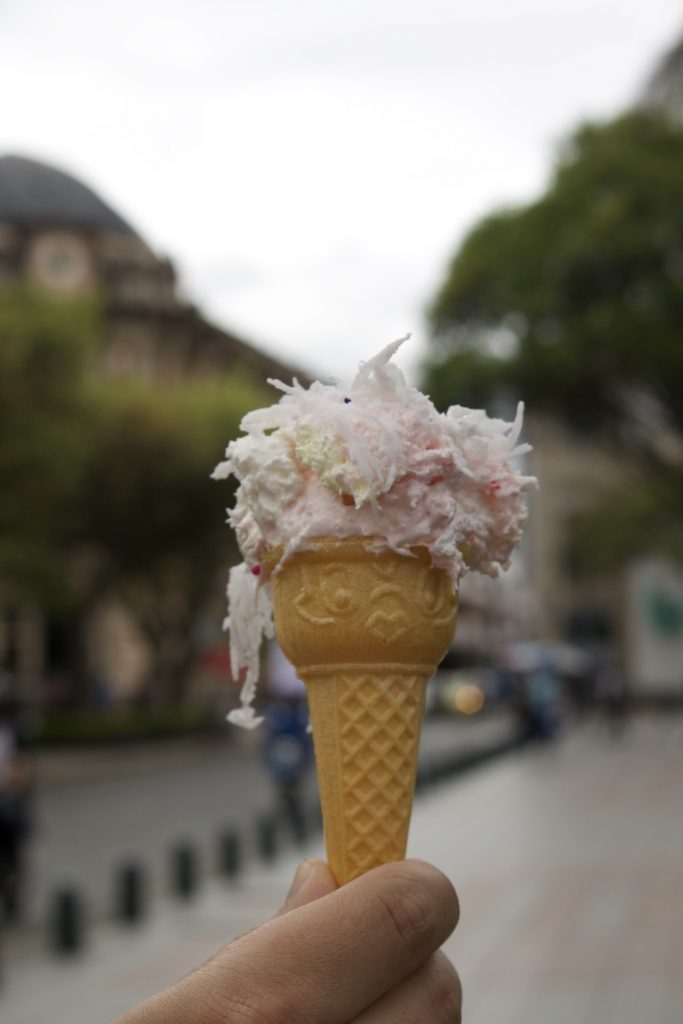
Hike Cajas National Park
If you’re looking for some hiking and a chance to explore nature, a visit to Cajas National Park is definitely one of the best things to do in the area. The park is about an hour’s drive from downtown Cuenca, making it an accessible day trip. If you only have a day or two to spend in Cuenca, this should be at the top of your list. The stunning landscapes, diverse ecosystems, and beautiful trails will leave you in awe of Ecuador’s natural beauty!
Cajas National Park is home to a diverse array of tundras, and we were amazed by its beauty. Surrounded by majestic high mountains and nearly 300 lakes, we quickly realized that the park typically experiences foggy and rainy weather. We felt incredibly lucky when we got to visit on a clear sunny day, as the stunning views and tranquil atmosphere were truly breathtaking. It was a memorable experience that we’ll cherish for years to come!
There are plenty of hiking routes to choose from in Cajas National Park, and the rangers in charge will discuss the options with you before you start your hike. They helped us select the best route based on how long we wanted to hike, ensuring we had the most enjoyable experience possible. Their insights were invaluable in making the most of our time in such a beautiful area!
We were treated to breathtaking views from the boardwalks and viewpoints throughout Cajas National Park. After a two to four-hour hike, we were thrilled to find that the visitor center offers home-cooked meals. Enjoying a satisfying meal there was the perfect way to refuel and soak in the beauty of the park. It felt like a rewarding conclusion to our outdoor adventure!
Festival in Cuenca Ecuador
Every year, Cuenca hosts several different festivals that attract tourists from all over the world. These include:
- The Festival of the Crosses, which celebrates Cuenca ecuador’s Christian heritage and is held in May
- The International Folklore Festival, which features traditional music and dance from all over the world and is held in August
- The Christmas Market, which is a popular event that takes place in December and offers visitors a chance
Getting to Cuenca Ecuador
There are several ways to get from Quito (the capital city) or Guayaquil (Ecuador’s largest port city) to Cuenca Ecuador.
By Air
Flights from Quito to Cuenca take around 30 minutes, while the flight from Guayaquil takes about an hour. Cuenca has a small airport that is well-connected to Ecuador’s major airports in Quito and Guayaquil. We found that these two major airports offer numerous international flight connections from other countries. So, we booked a flight to either Quito or Guayaquil and then took a domestic flight to reach Cuenca. It was a convenient way to travel and made getting to this beautiful city quite easy!
By Land
If you’re already in Quito or Guayaquil, you can also travel to Cuenca by bus. The journey from Guayaquil takes about four hours, while coming from Quito takes around eight hours. While this option is longer than a domestic flight, it can be a great choice if you’re on a budget and have some extra time to spare.
If you prefer to drive, the roads are in excellent condition, making Cuenca easy to find if you follow the signs for “la ciudad de Cuenca.” My wife and I drove from Baños to Cuenca in one day, and it took us about seven hours to reach our destination. The scenic drive was a wonderful way to experience the beautiful landscapes of Ecuador along the way!
What is the climate like in Cuenca Ecuador
Cuenca is a city that enjoys a mild climate year-round, which we found to be quite pleasant. The temperatures during the day are consistently warm, but it can get cool at night, so packing layers is essential when visiting Cuenca, especially between November and February.
Located at a high altitude of 2,500 meters, just like Quito, Cuenca can sometimes lead to altitude sickness for those who are sensitive to it. If you’re prone to altitude sickness, it’s wise to be prepared with your go-to medication for a worry-free trip. I personally recommend taking ChlorOxygen 1-2 weeks before your trip to help ease the adjustment to high altitudes.
We discovered that the best months to visit Cuenca are from June to August when the weather is a bit cooler. However, rain is frequent from February to April, even though the sun still shines and the weather remains hot, so don’t forget to pack your sunscreen!
How to get around Cuenca
Walking around Cuenca is definitely a great option! Not only is it healthier, but it also allows you to fully appreciate the stunning views and charming architecture as you explore the city.
Taxis are common in Cuenca, especially since Uber is currently not operating here. The fares are relatively cheap, but make sure to ask the driver to use the meter. We found the taxi drivers in Cuenca to be nice and friendly, which added to our positive experience.
Another fun option to consider is the new Cuenca Tramway, known locally as the Tranvía de Cuenca. It started operating in 2020, so it’s still relatively new and definitely worth trying out. Riding the tramway was an exciting way to see different parts of the city!
Is Cuenca safe to visit?
Cuenca’s vibe is warm and pleasant, making it a wonderful place to explore. We felt that Cuenca is a safe city, thanks to the welcoming nature of the locals. Compared to other larger cities in Ecuador, the threat of pickpockets and theft is notably low here. However, as responsible travelers, we always believe it’s wise to take precautions and stay vigilant, no matter where you are in the world. It’s all part of enjoying a worry-free adventure!
Where to stay in Cuenca?
Hotels
I highly recommend staying in one of Cuenca’s historic hotels to truly soak in the city’s unique vibe. There are plenty of hotel options available at affordable prices, typically starting around USD 30.
During our trip, we found ourselves at the luxurious 5-star Oro Verde hotel for just $85 per night. It was such a treat! While it didn’t have the historic charm of some other hotels, it was extremely comfortable and provided us with a wonderful experience.
We have enumerated some of the top choices of hotels among travelers:
Hostels
Hostels are ideal for you if you are traveling alone or on budget. Nightly rates in Cuenca hostels usually start at USD9. Here are a few top hostel choices:
AirBnBs
In Cuenca, you can find rental homes or Airbnbs starting at USD 30, which can be a great option, especially for longer stays. When traveling for an extended period, this can help you save a significant portion of your budget.
However, it’s important to keep in mind that there aren’t clear regulations on Airbnbs in Ecuador, and we’ve heard some concerning stories about issues like hidden cameras or break-ins. Because of this, I would recommend opting for hotels or hostels instead for a more secure experience. It’s always better to prioritize safety while enjoying your travels!
Exploring Cuenca’s charm, history, and culture was a highlight of our Ecuador adventure, but planning it independently required a lot of research. If you’re looking for a smoother experience, let trusted local specialists craft a FREE personalized Cuenca travel plan just for you. It’s the perfect way to maximize your visit while supporting Ecuadorian communities and this blog!
What To Eat In Cuenca
Hornado
When in Cuenca, you absolutely have to try hornado, a whole roasted pig that can be easily found in the markets, especially around lunchtime. The meat is wonderfully well-seasoned and is typically served with mote, vegetables, or llapingachos on the side.
We found it delicious at Mercado 10 de Agosto and Mercado 9 de Octubre, where the vendors often let visitors sample it before making a purchase. Another great spot to check out is Av. Don Basco, known as the “Pig Road,” which is lined with numerous restaurants serving up this mouthwatering dish. It’s definitely a culinary experience you won’t want to miss!
Espumilla
You can find this popular street food dessert all over Cuenca. It’s a meringue cream dessert and cost $1 only.
Cuy (Guinea Pig)
For the adventurous foodies out there, you definitely have to try Cuenca’s guinea pig, locally known as cuy. This dish is a local specialty and a must-try when visiting the city. You can find it at various restaurants along Av. Don Bosco, where it’s often prepared with traditional seasoning and served with delicious sides. It’s a unique culinary experience that offers a taste of Ecuadorian culture!
Mote Pillo
Mote is a staple in Ecuador, made from dried corn that’s rehydrated in an alkaline solution. In Cuenca, you’ll often come across mote pillo, which is sautéed corn mixed with eggs and milk. This dish is not only a popular side for many meals but can also be enjoyed as a tasty snack. We loved trying mote pillo during our visit—it’s a delightful way to experience the local flavors!
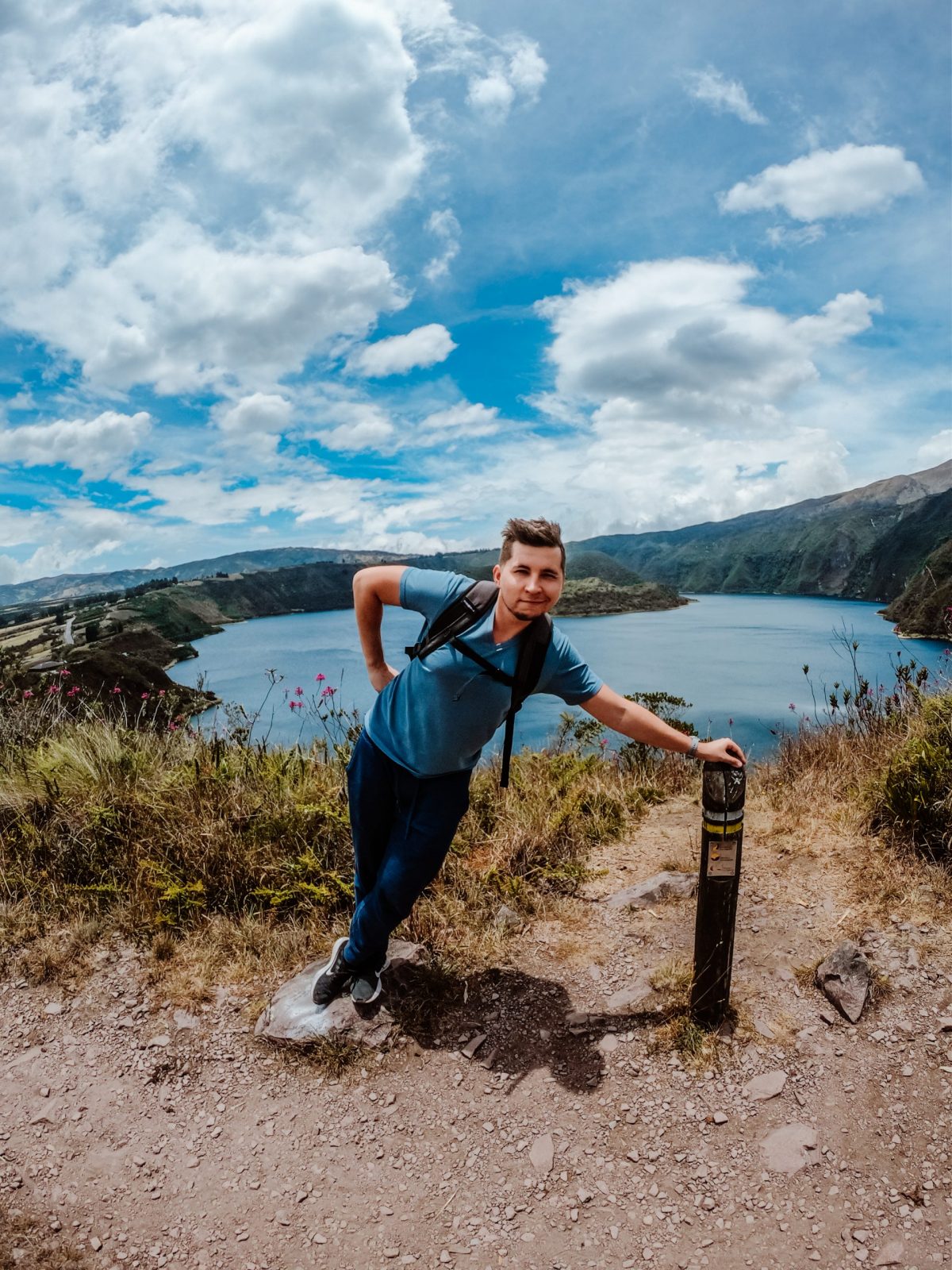
Planning trip to Ecuador?
My wife and I rented a car for 15 days and traveled from the northern part of Ecuador to the south, visiting amazing cities like Quito, Otavalo, Baños, Cuenca, and Guayaquil. Along the way, we explored iconic places such as Cotopaxi National Park, Quilotoa Lake, and many more breathtaking destinations.
Not many blogs cover traveling in Ecuador in detail, so I spent nearly three weeks creating this comprehensive Ecuador travel guide based on our trip. It’s packed with everything you need to know, and honestly, I consider it the best free travel guide about Ecuador out there.
If you’re planning a trip to Ecuador, don’t forget to use my link for discounted hotel prices through Booking.com. It’s a great way to support my blog while saving money on your accommodations!
Conclusion
Cuenca is a pleasant and vibrant city that any traveler would surely love to visit. We noticed that more and more ex-pats and retirees are moving to Cuenca, drawn by its welcoming atmosphere. The neighborhood feels safe, and the Cuencanos are incredibly nice and friendly. If you’re planning a trip to Ecuador, be sure to include Cuenca in your itinerary—we hope you find its charm just as captivating as we did!

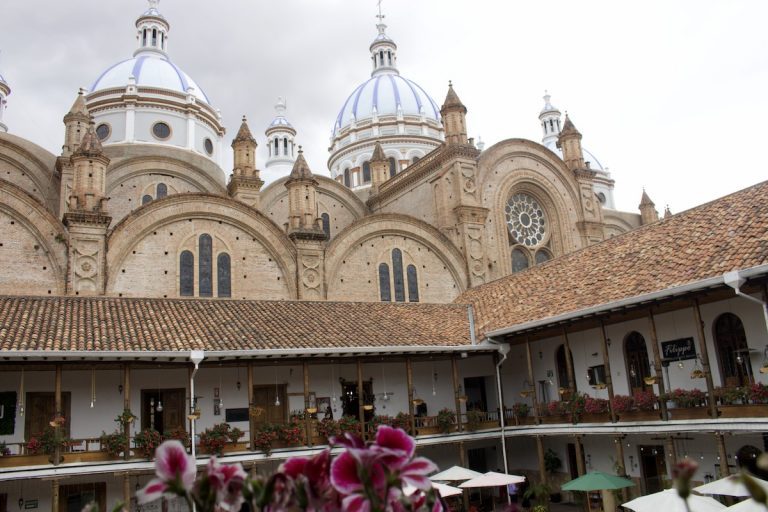
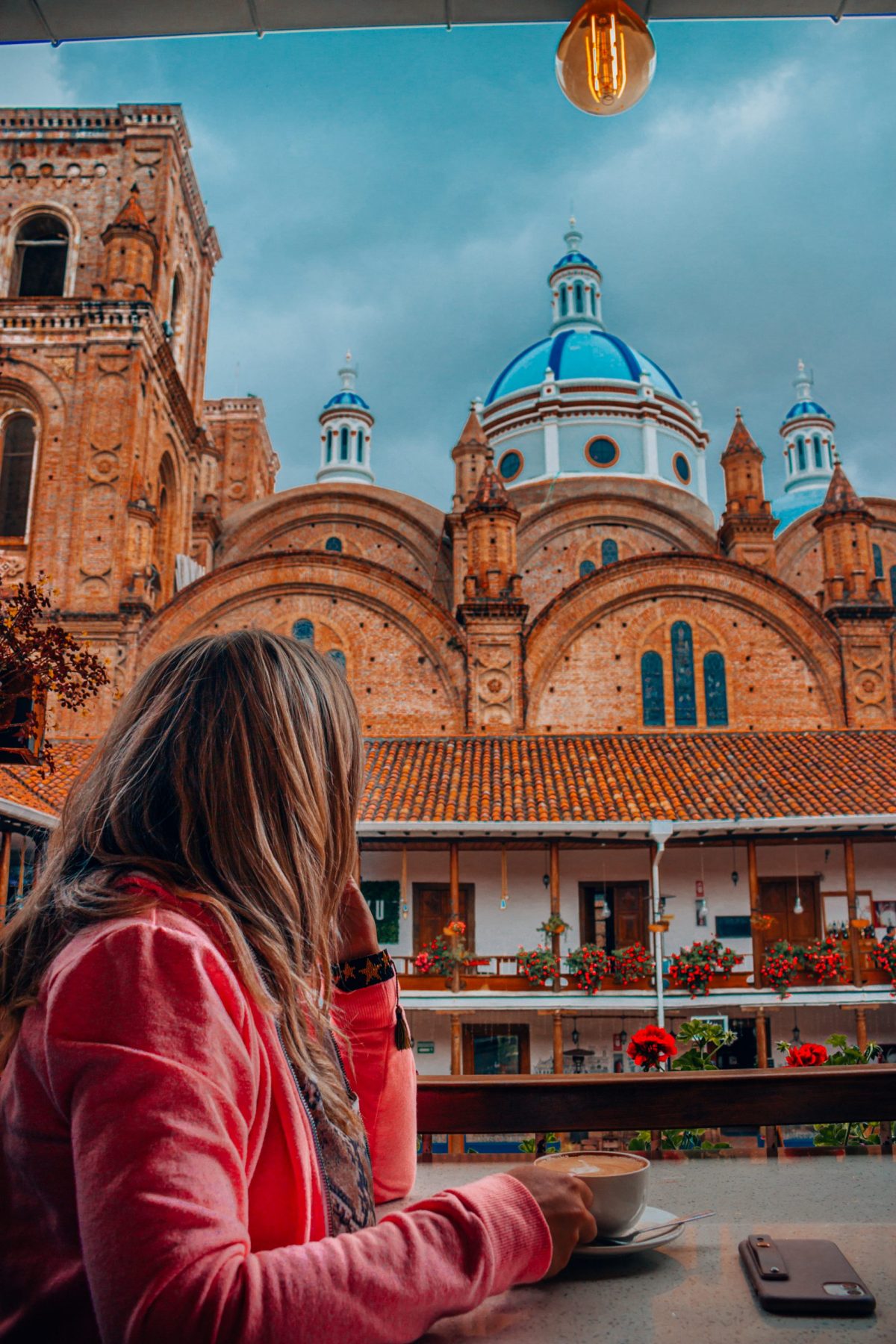
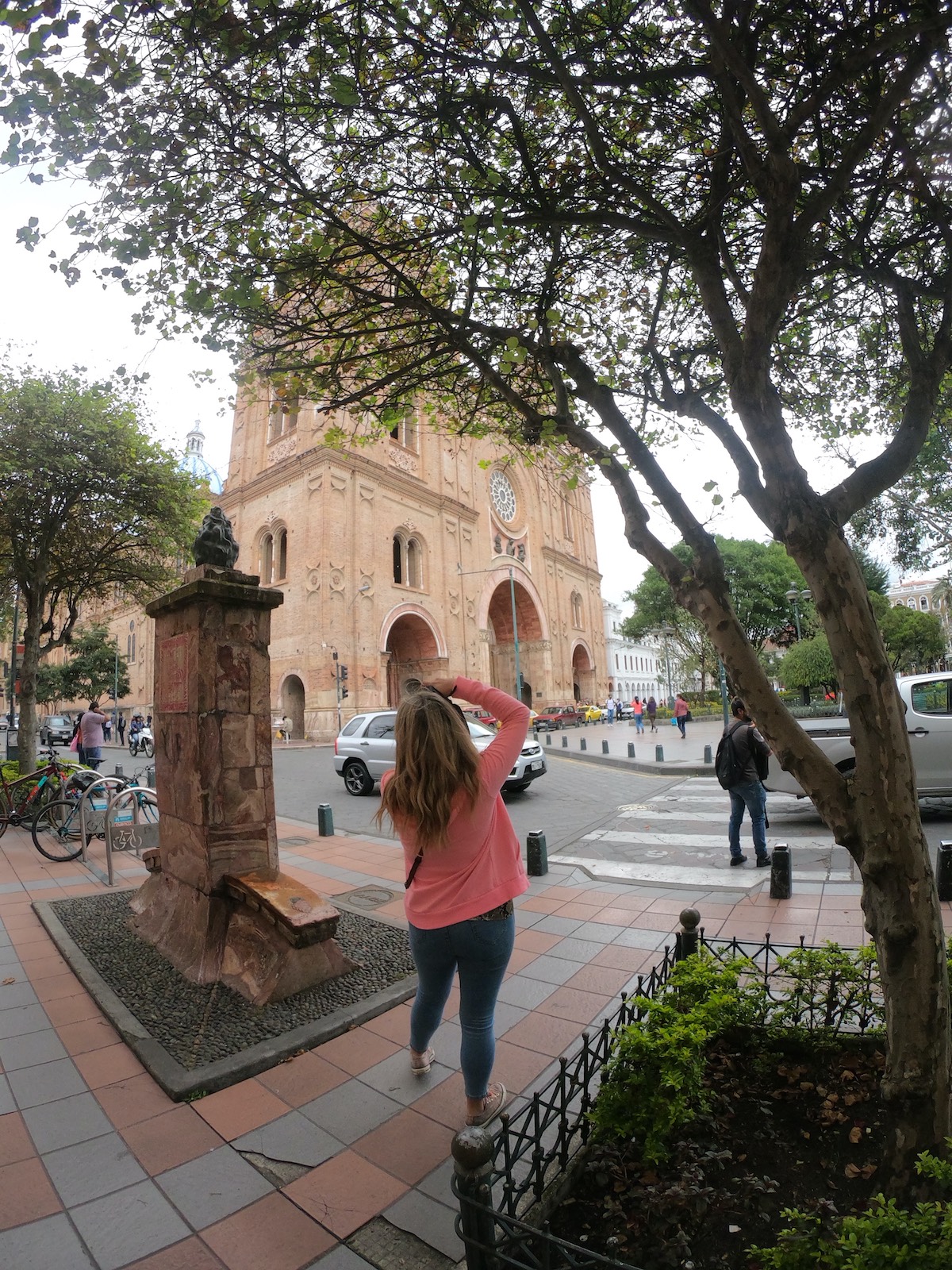
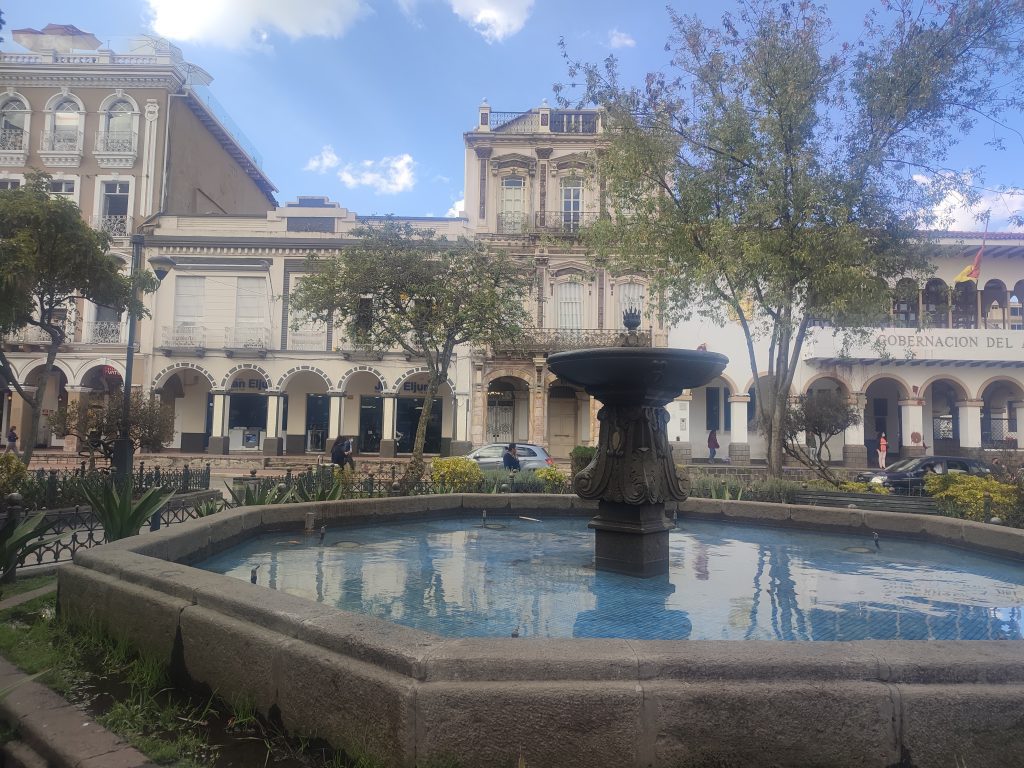
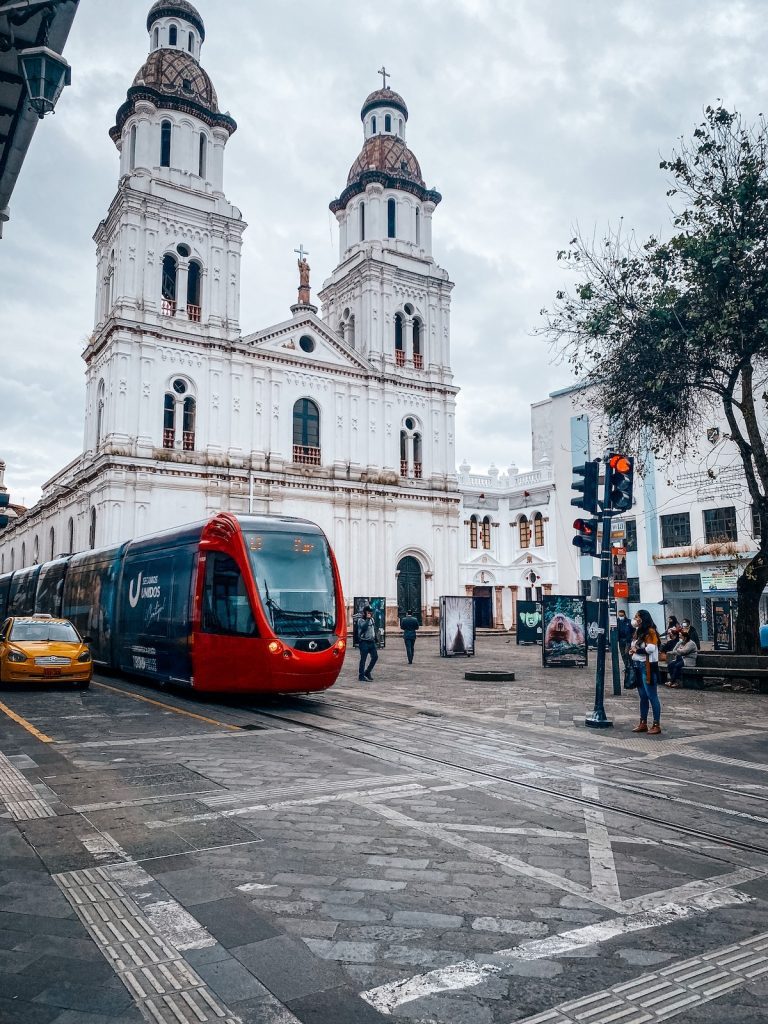
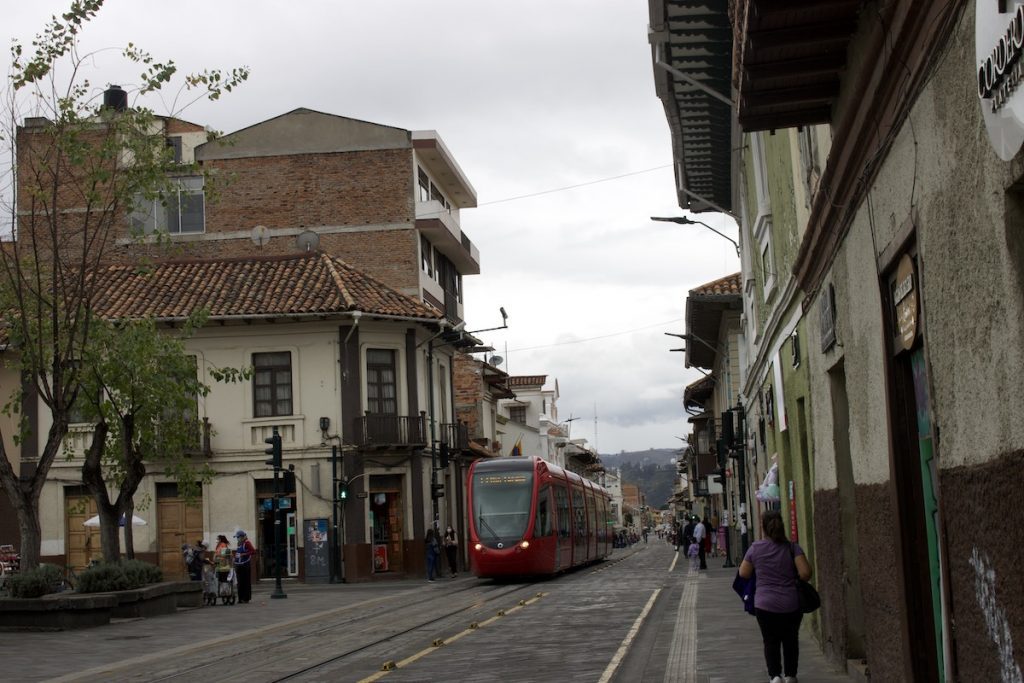
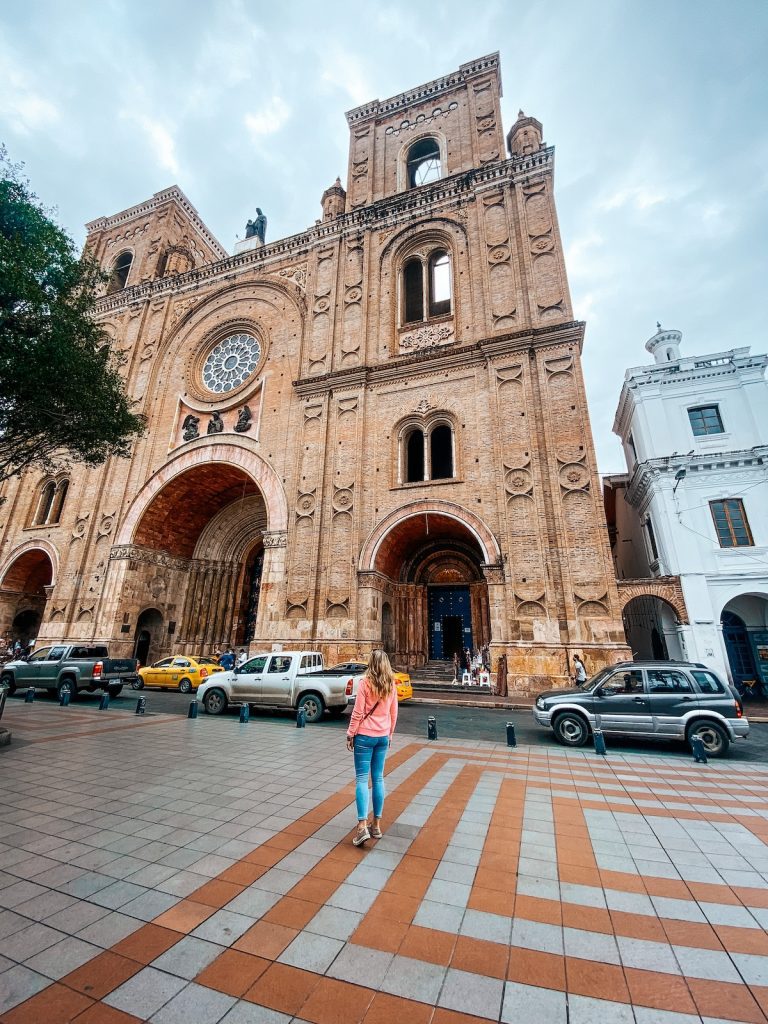
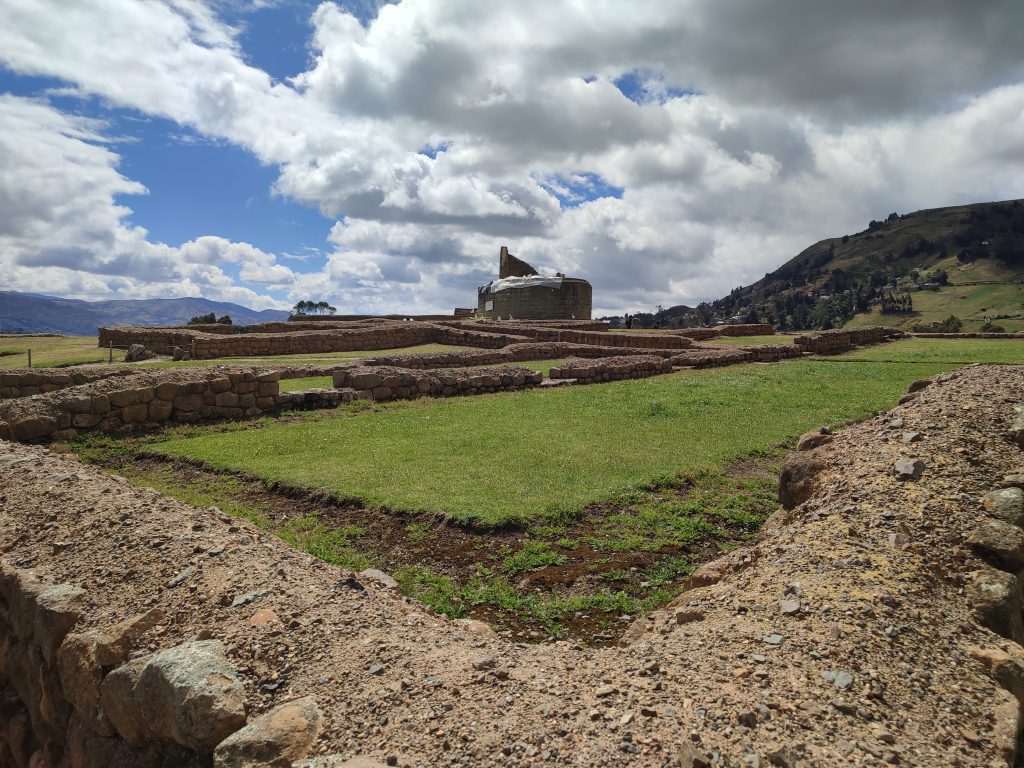
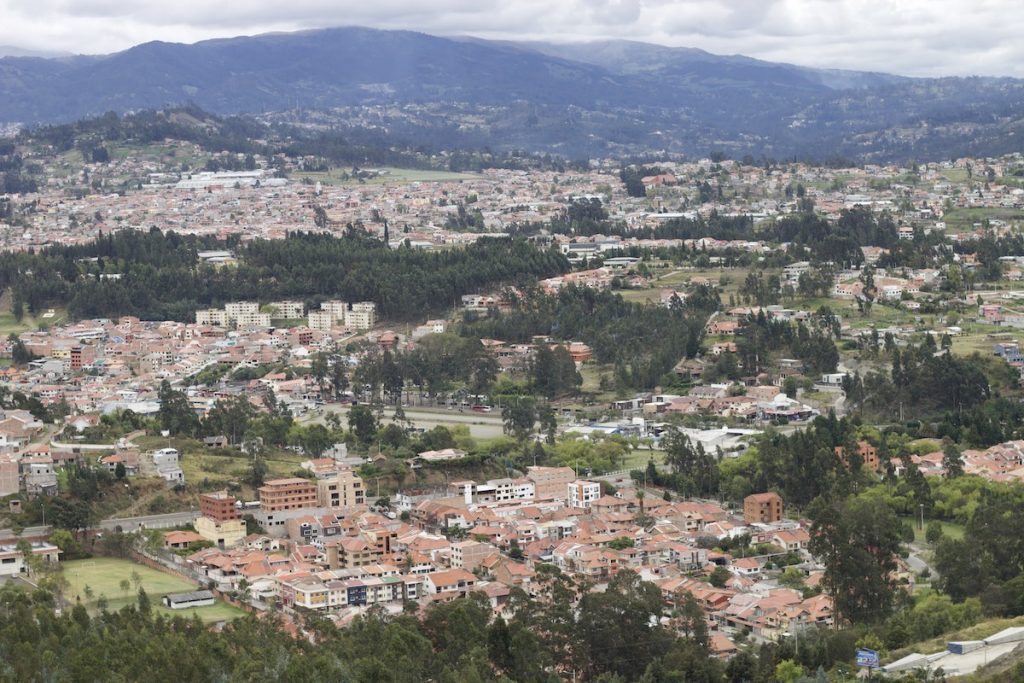
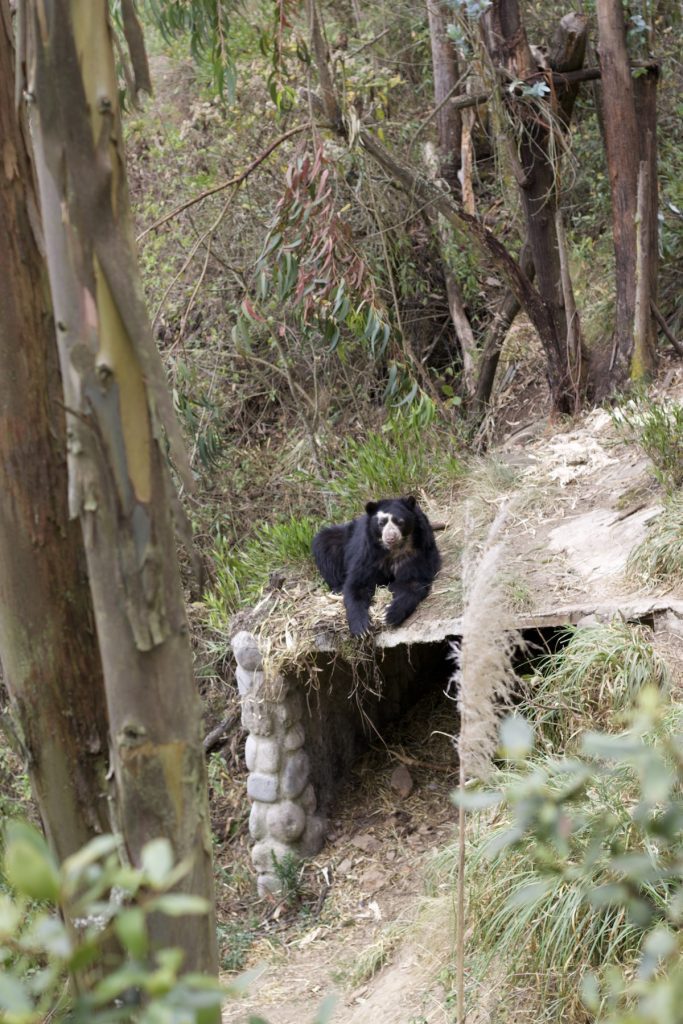
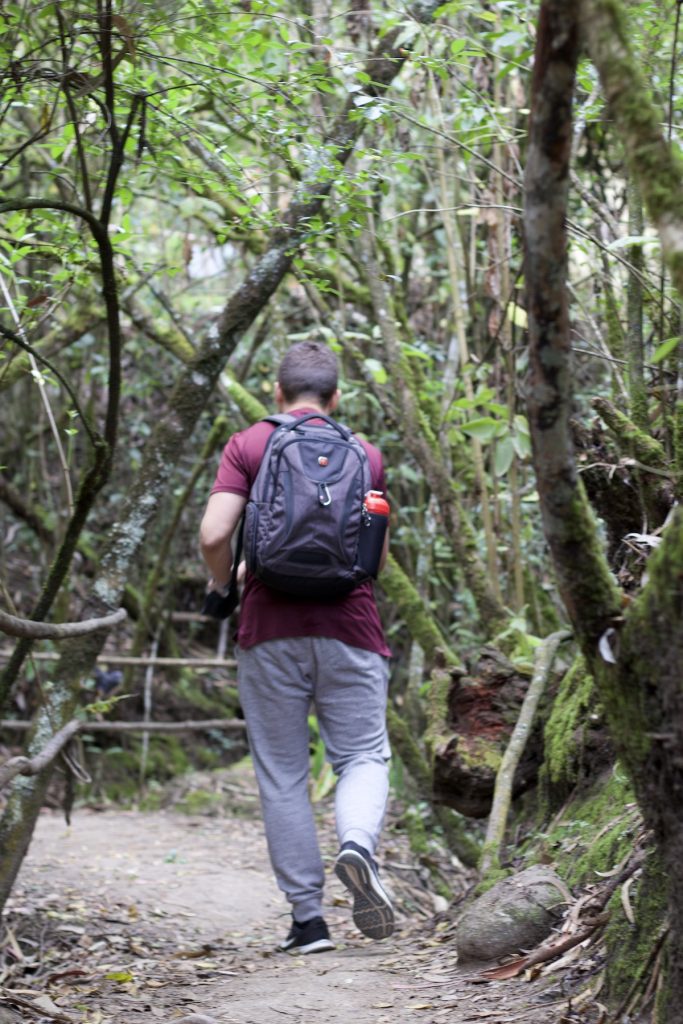

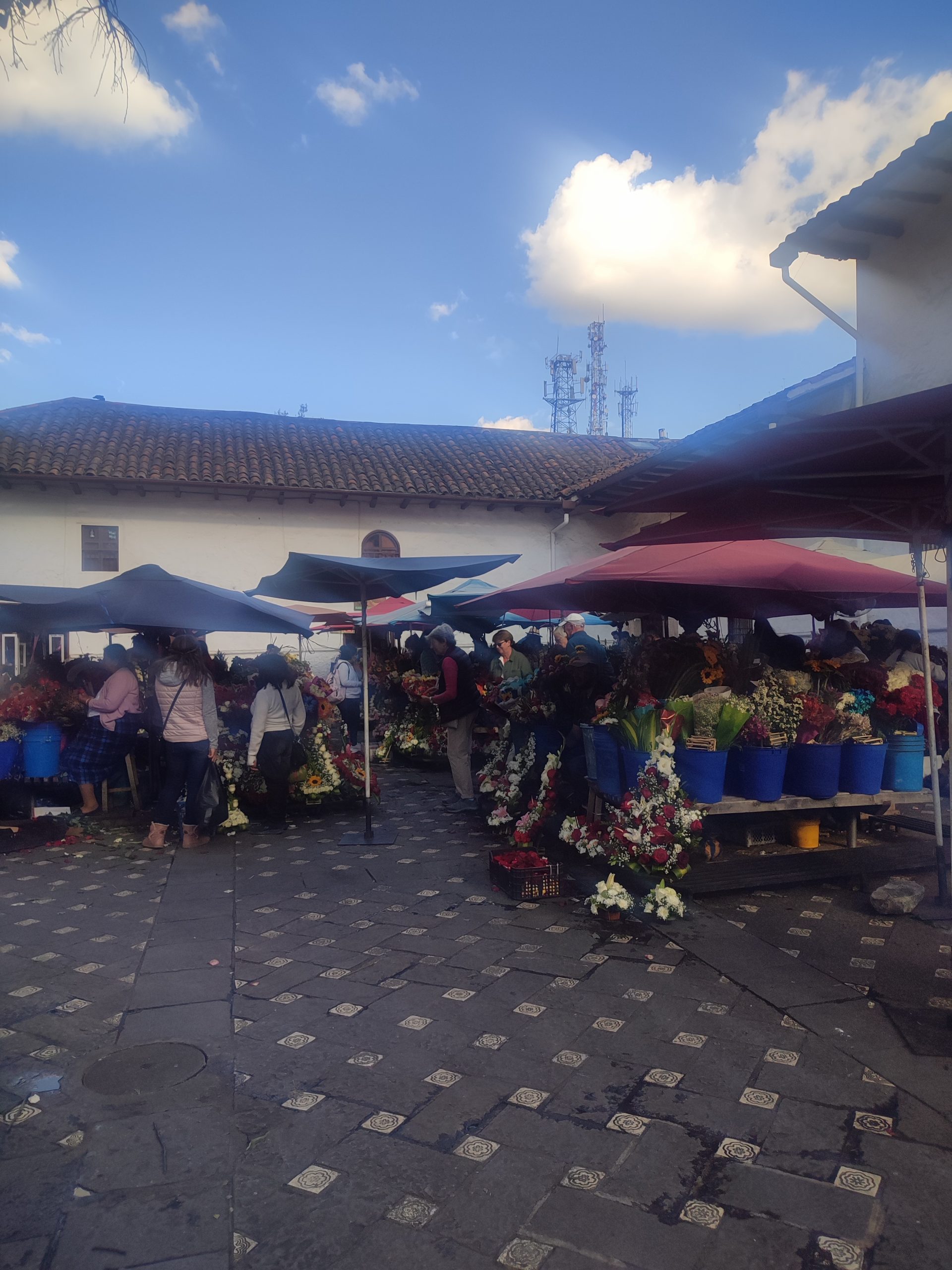
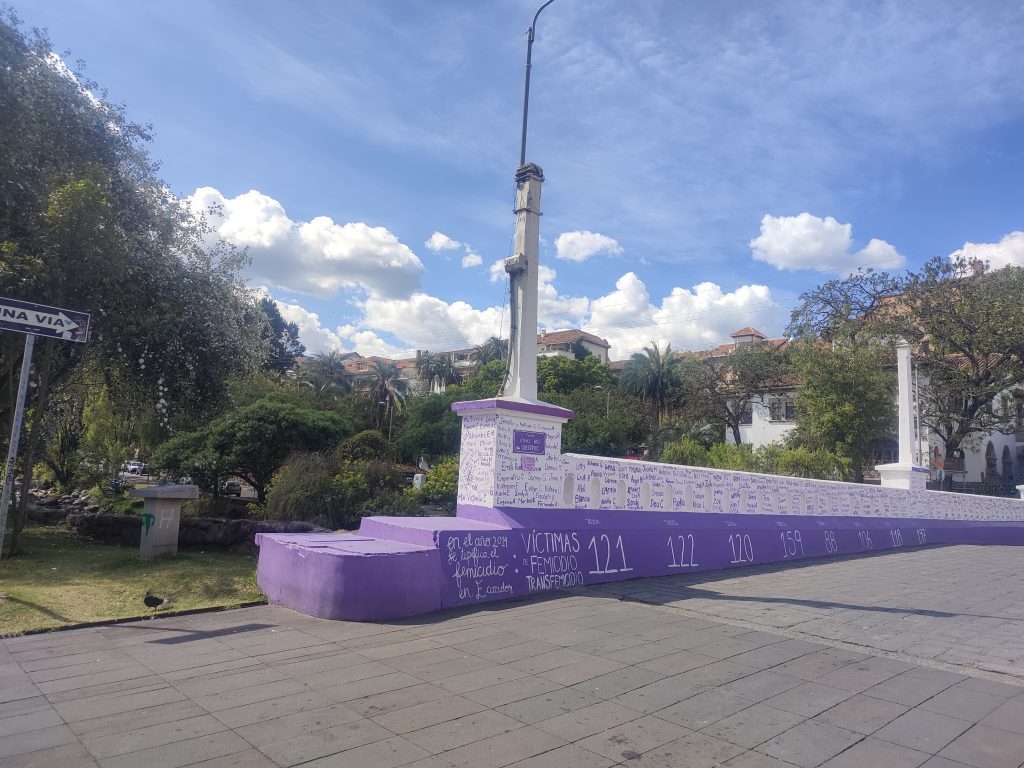
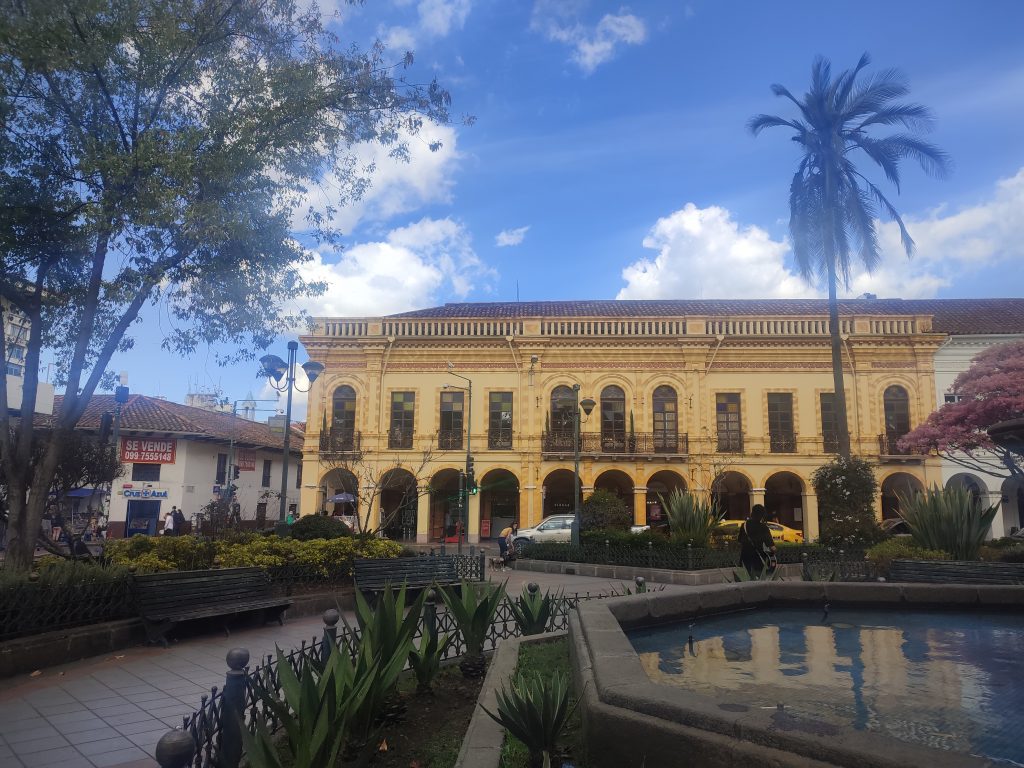
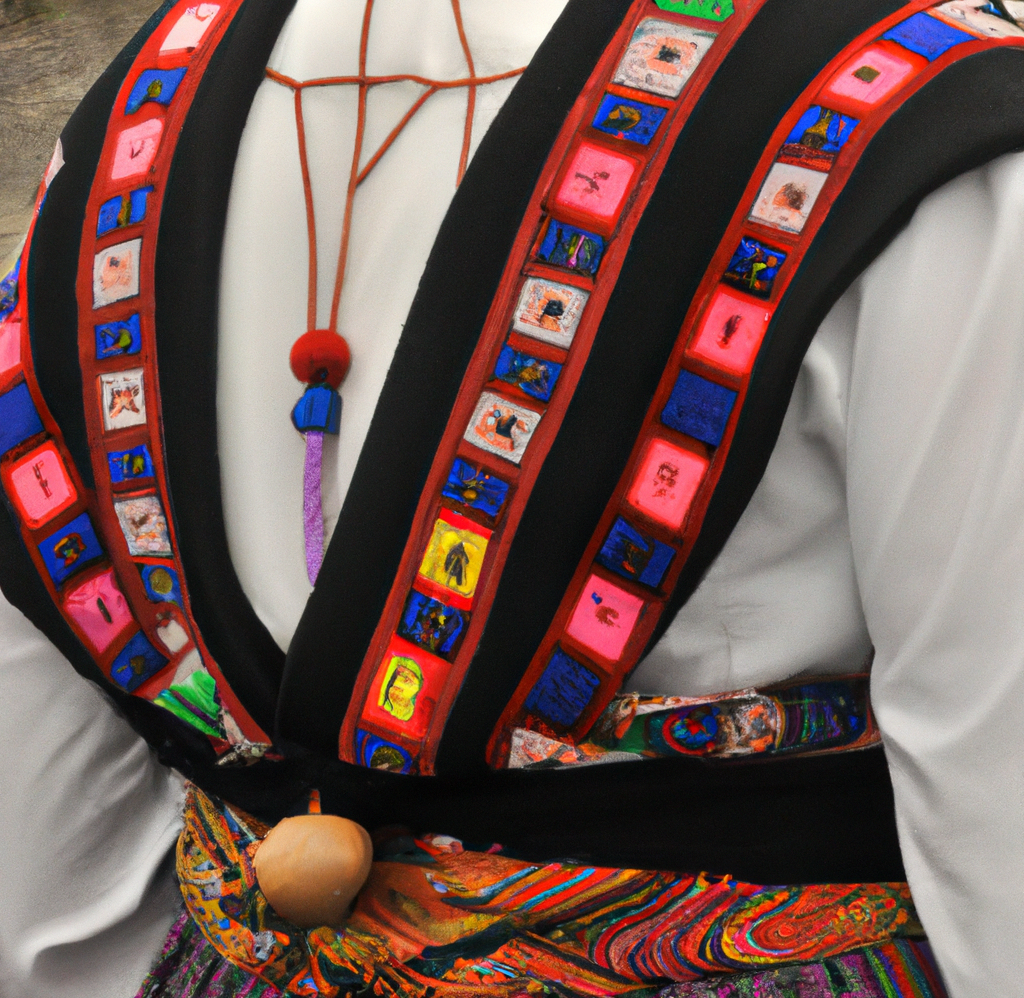
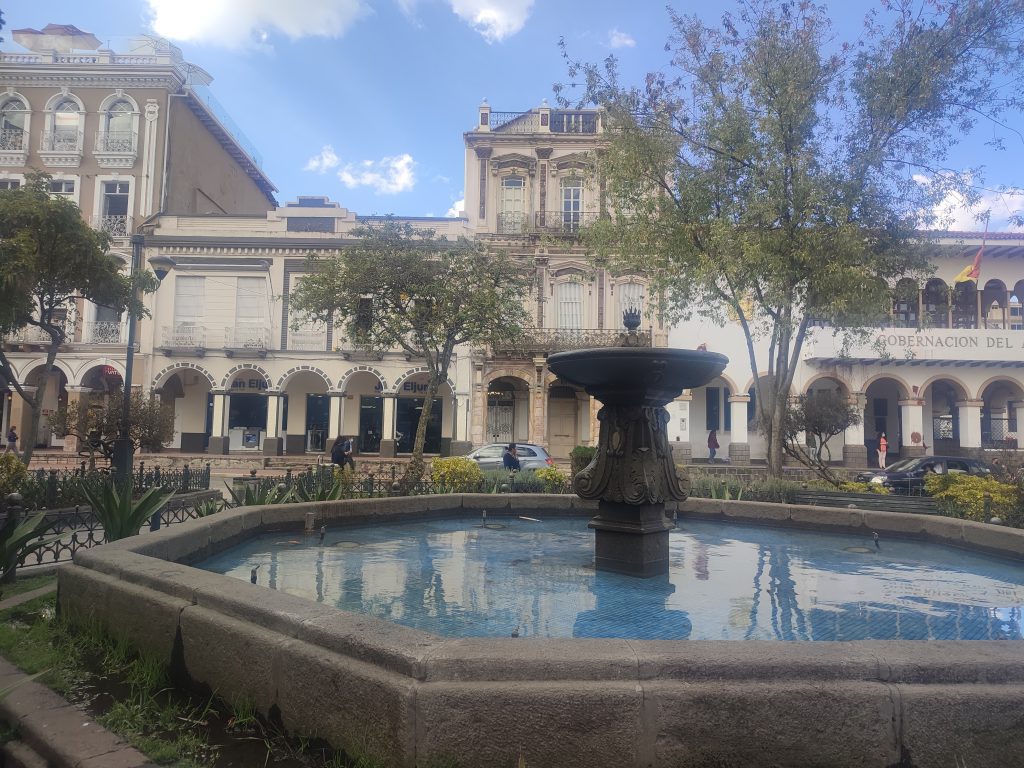
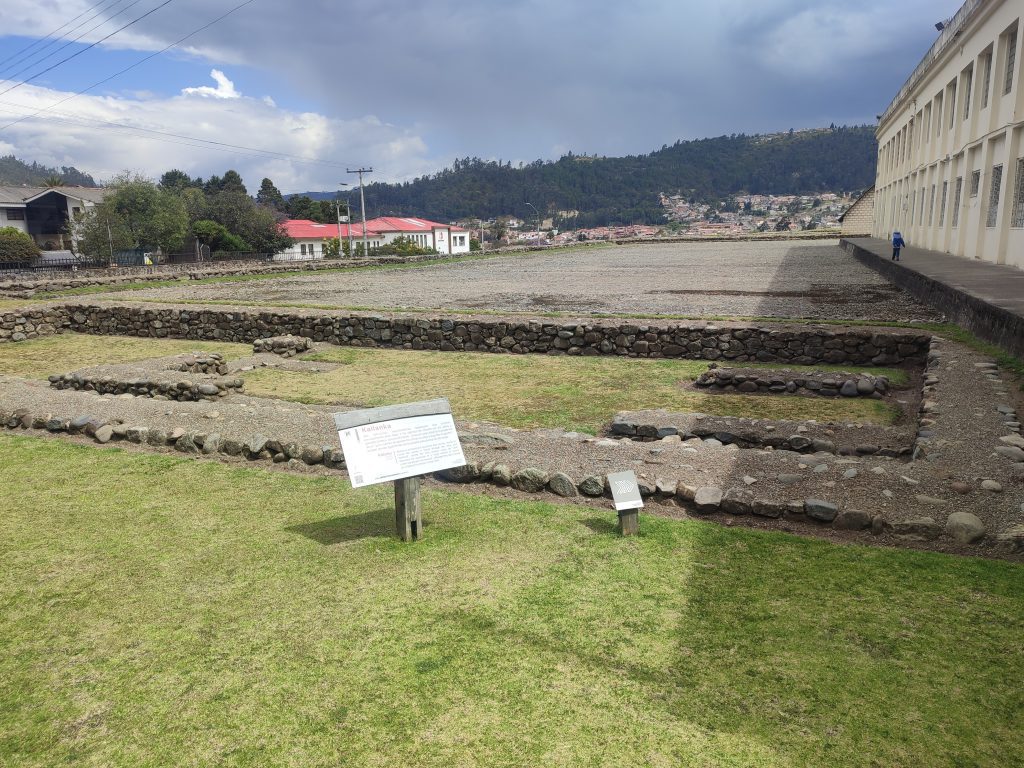
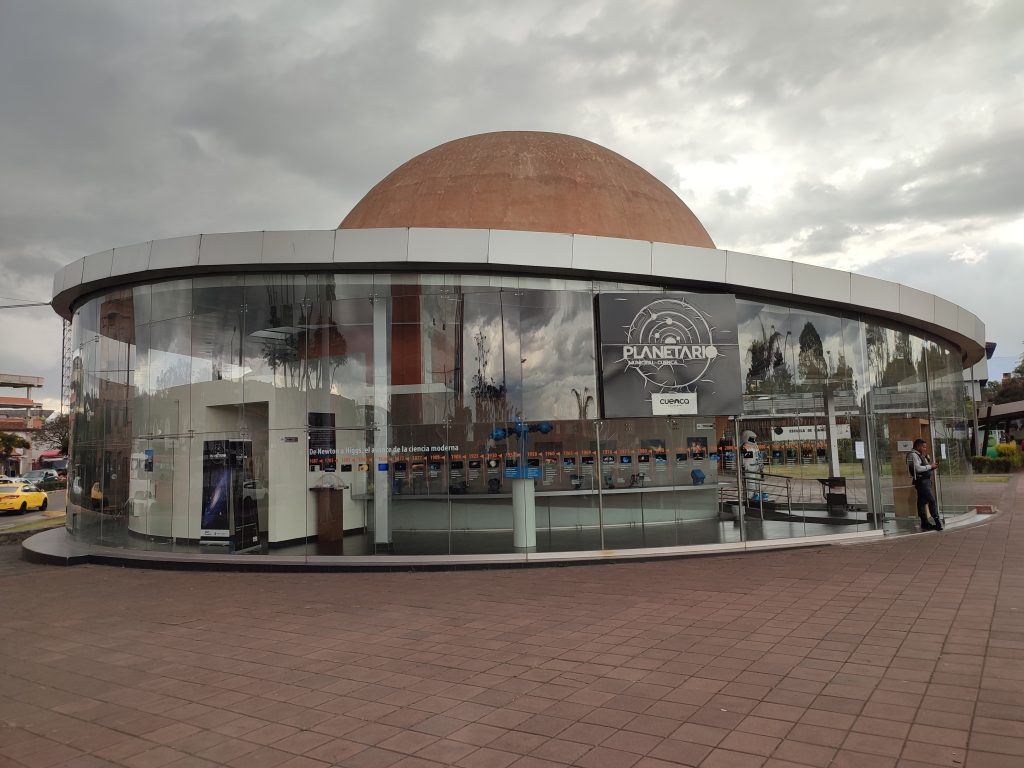
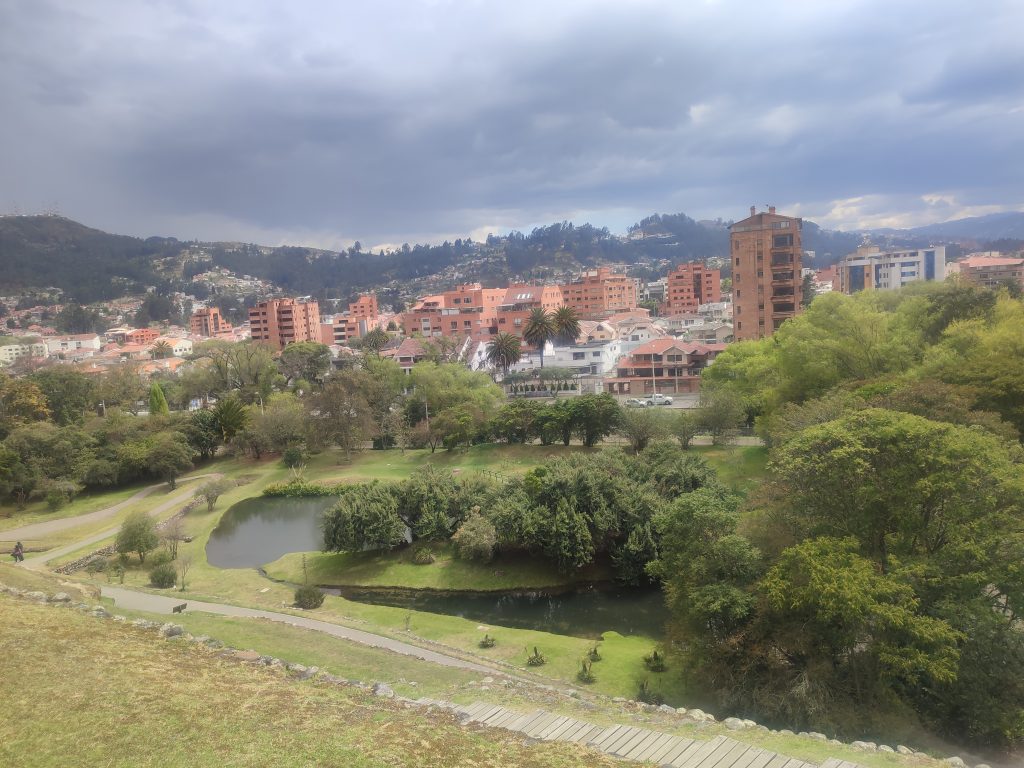
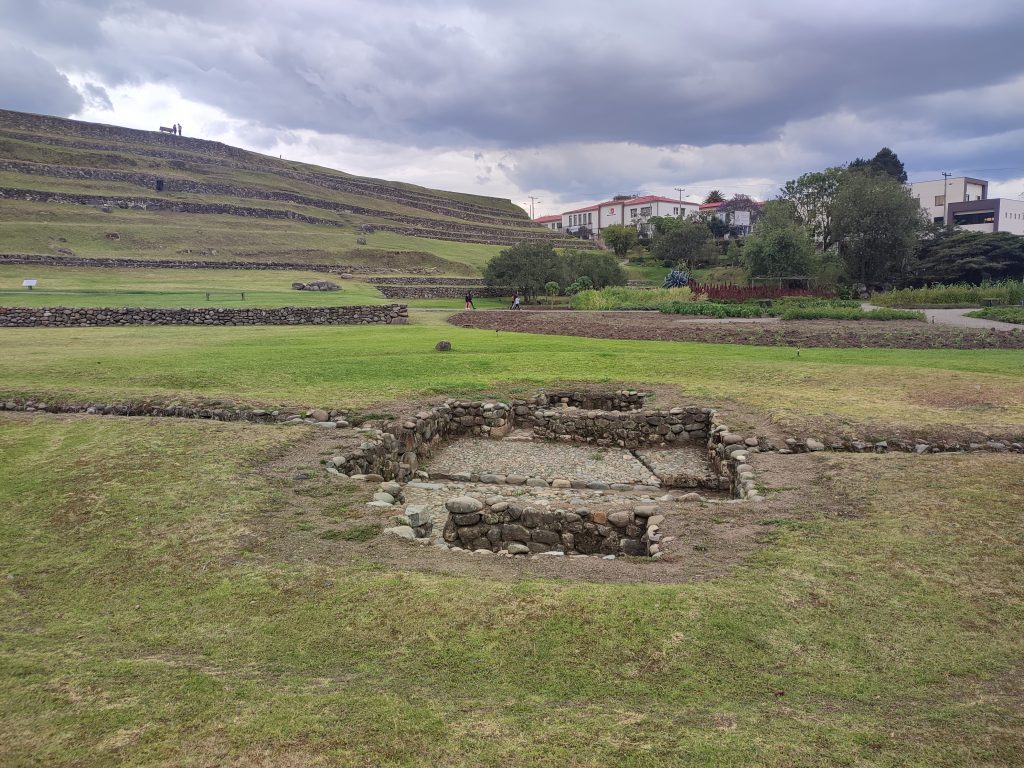
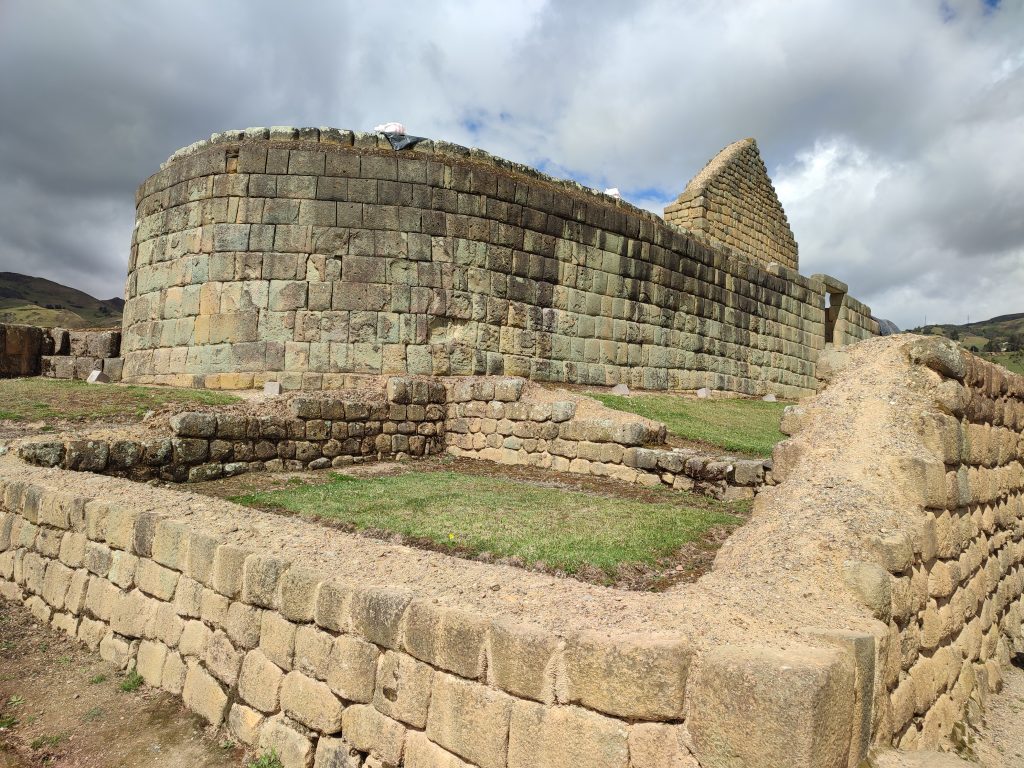
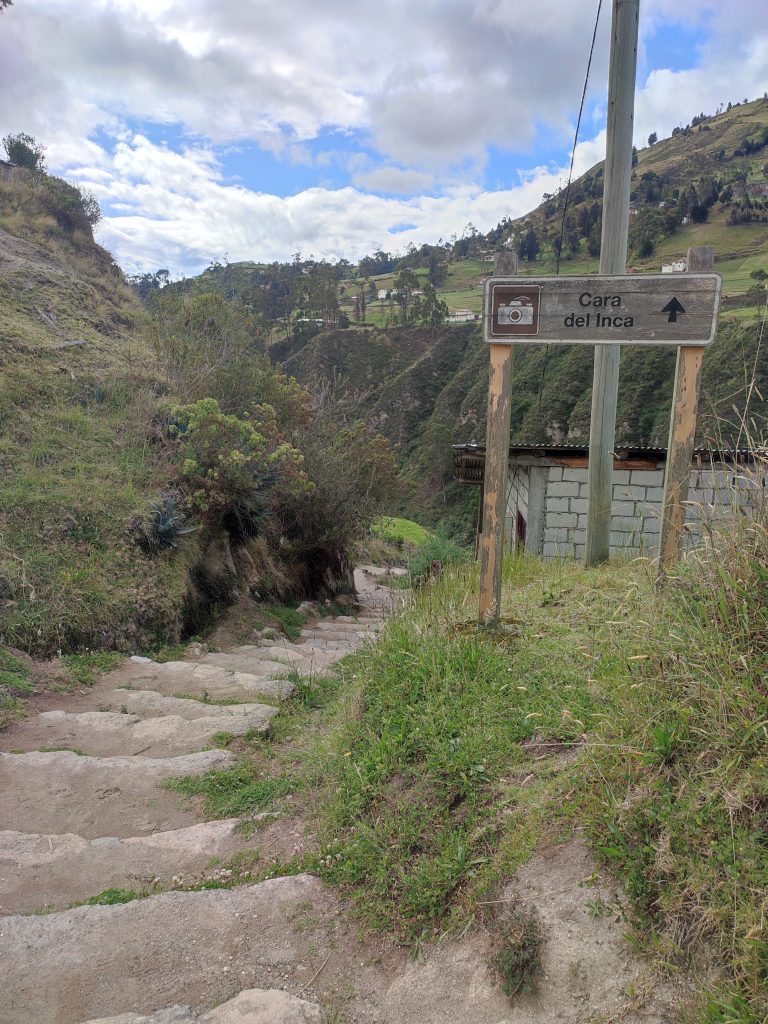
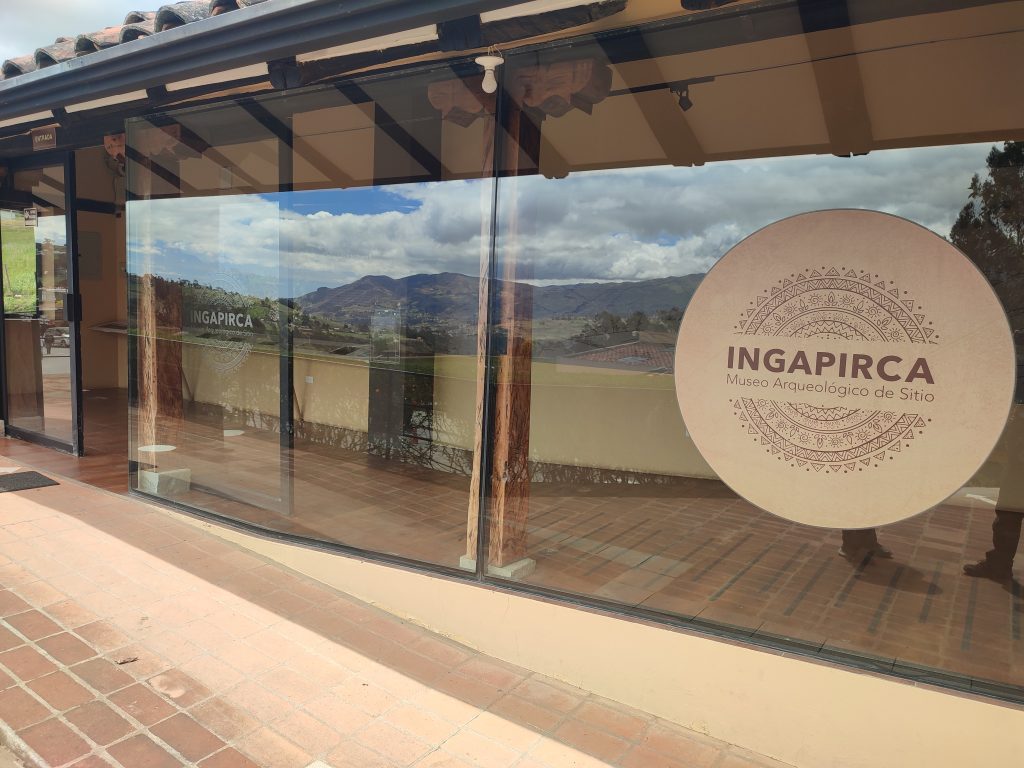
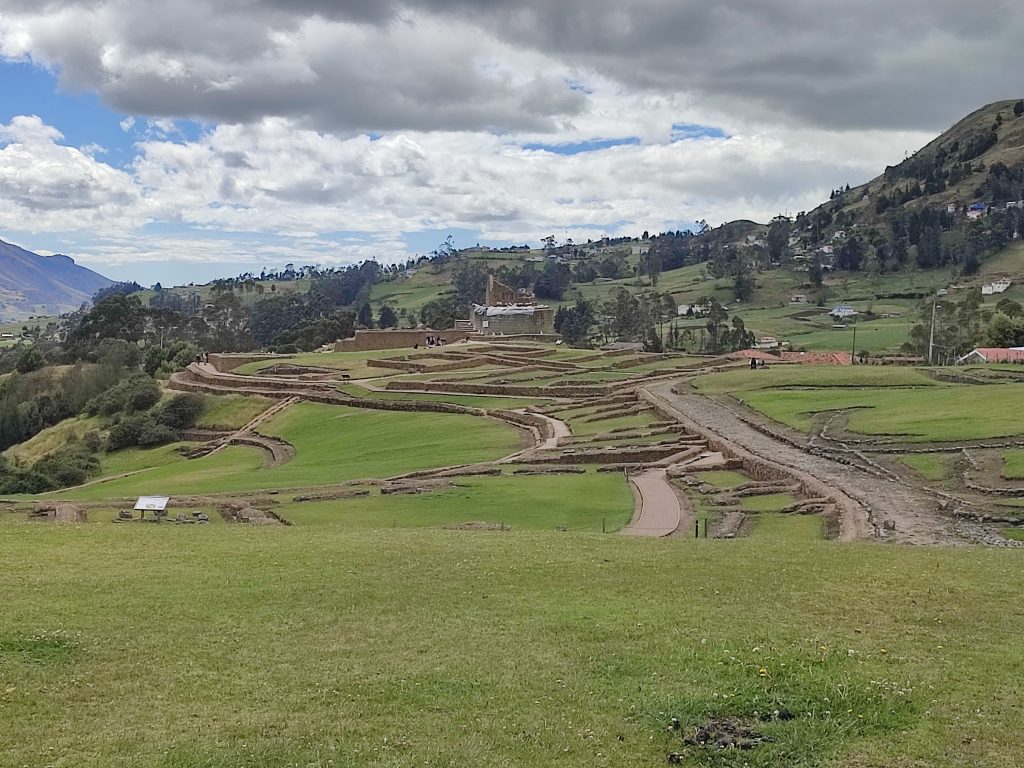
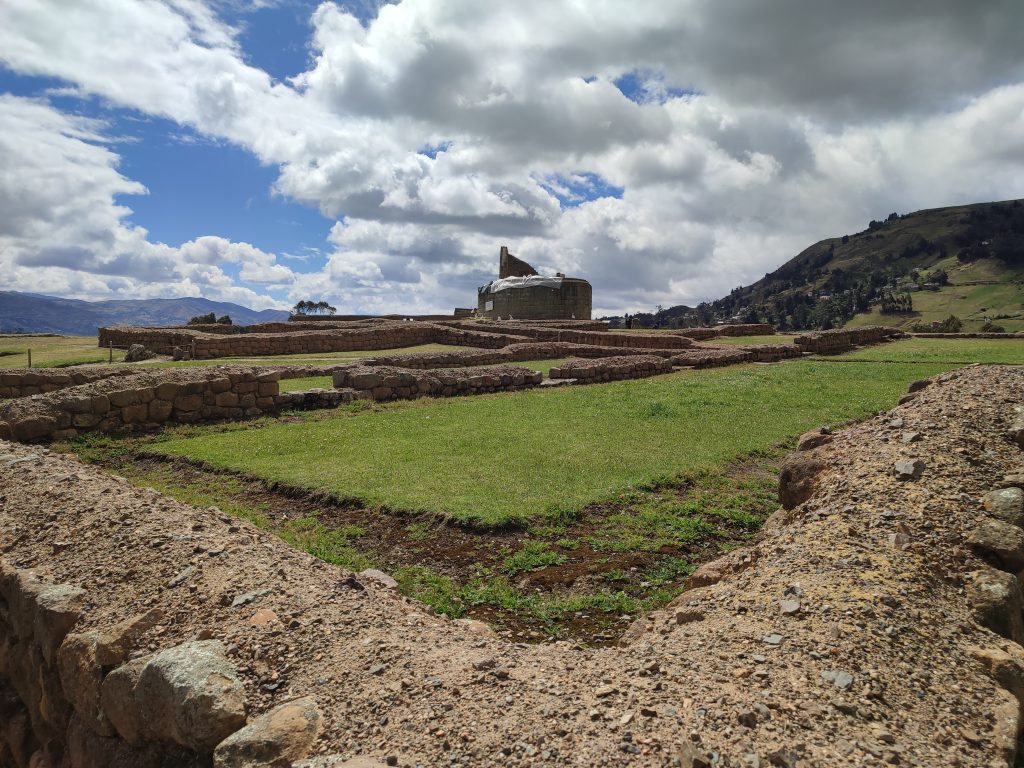
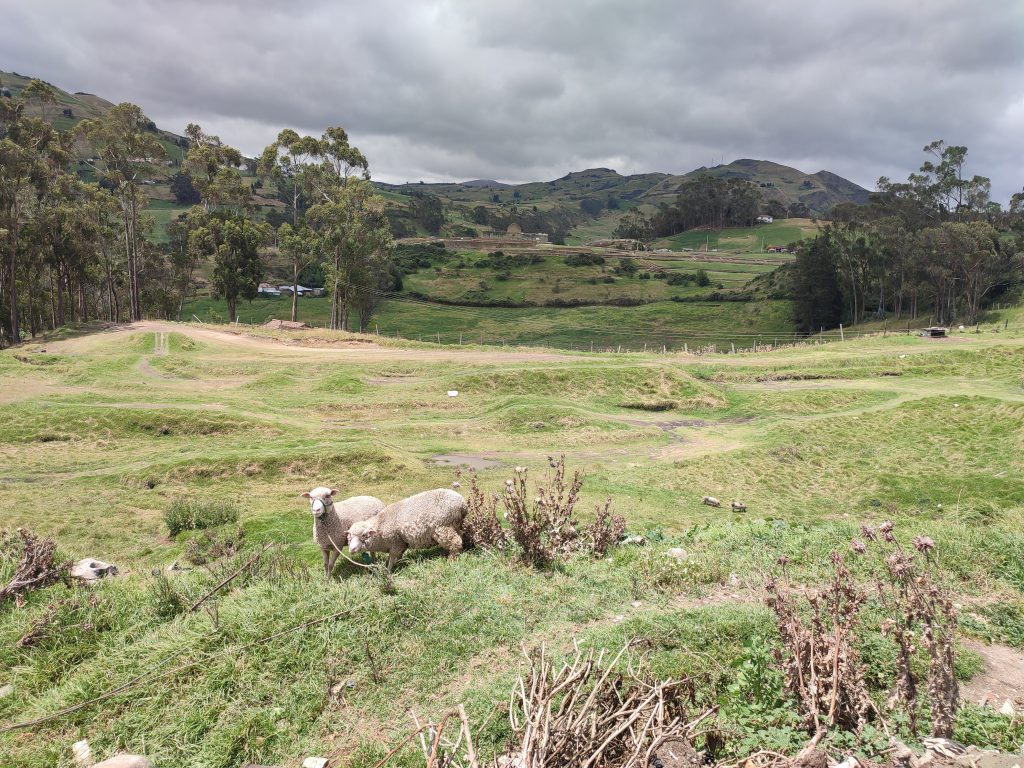
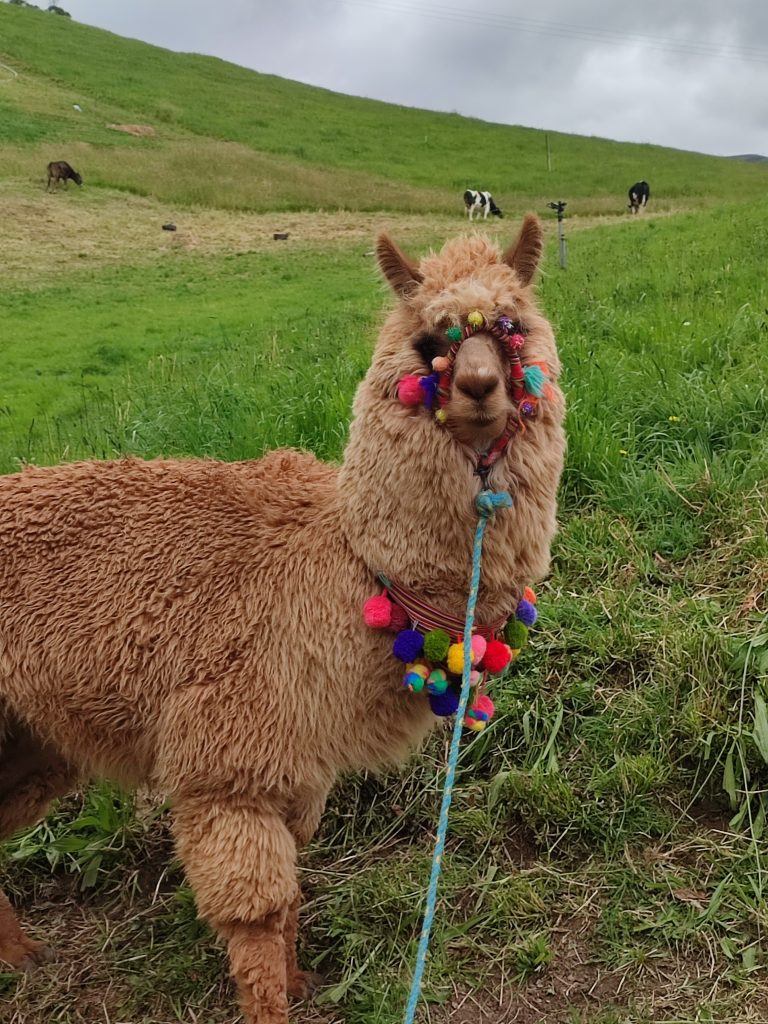

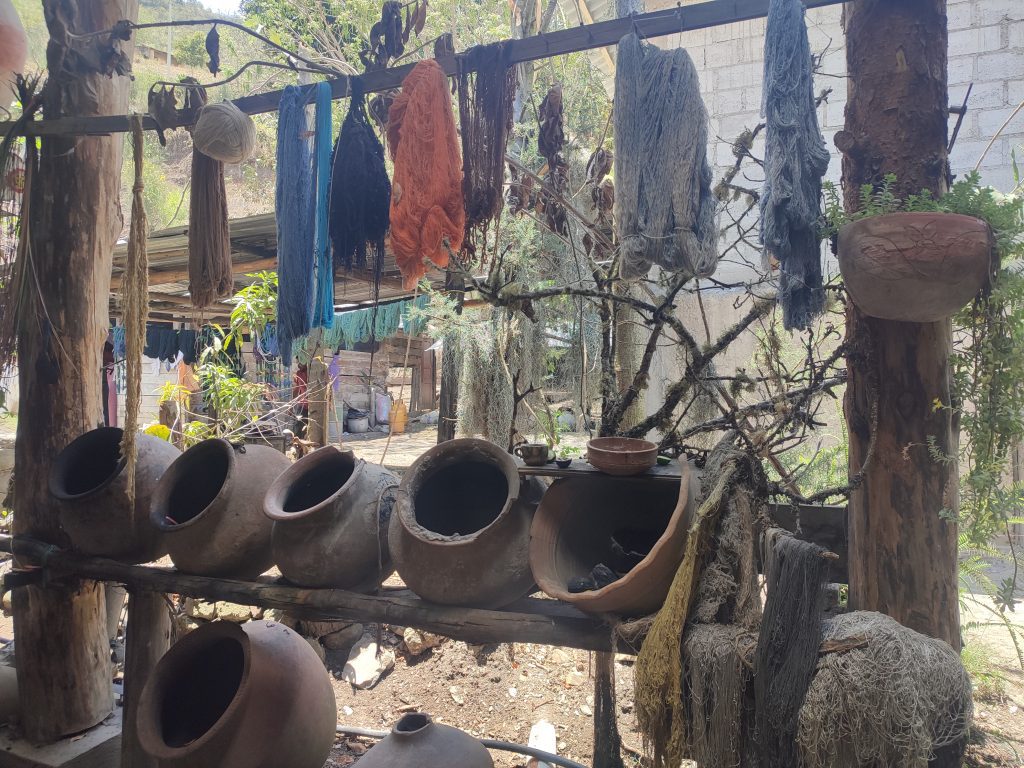
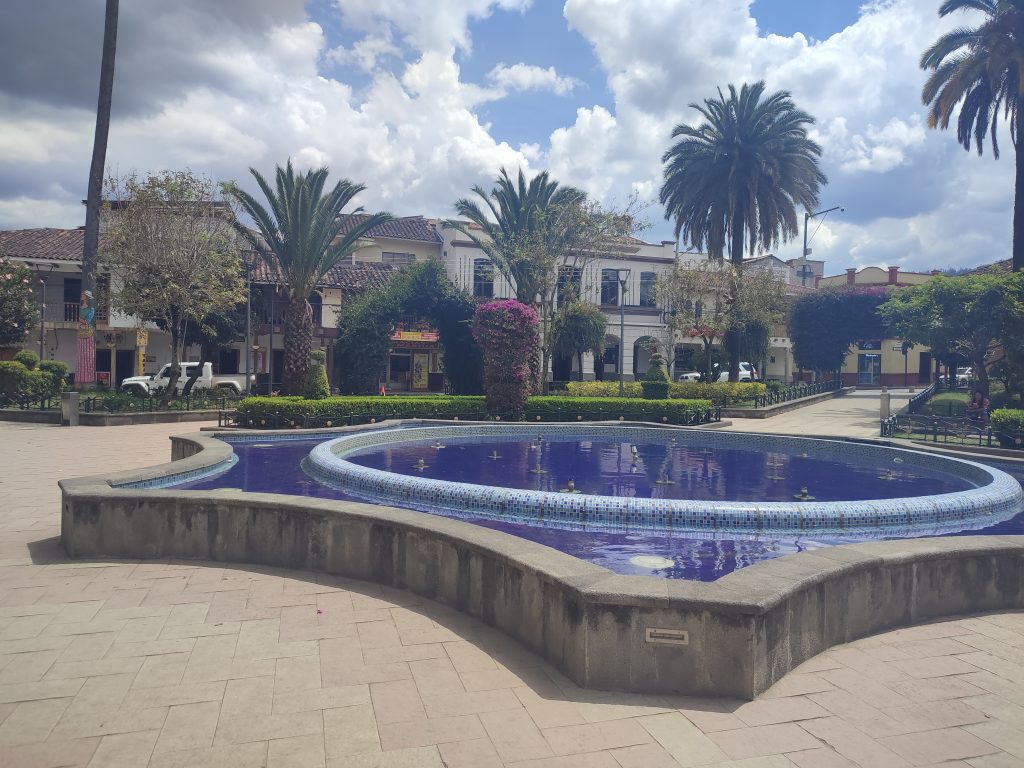
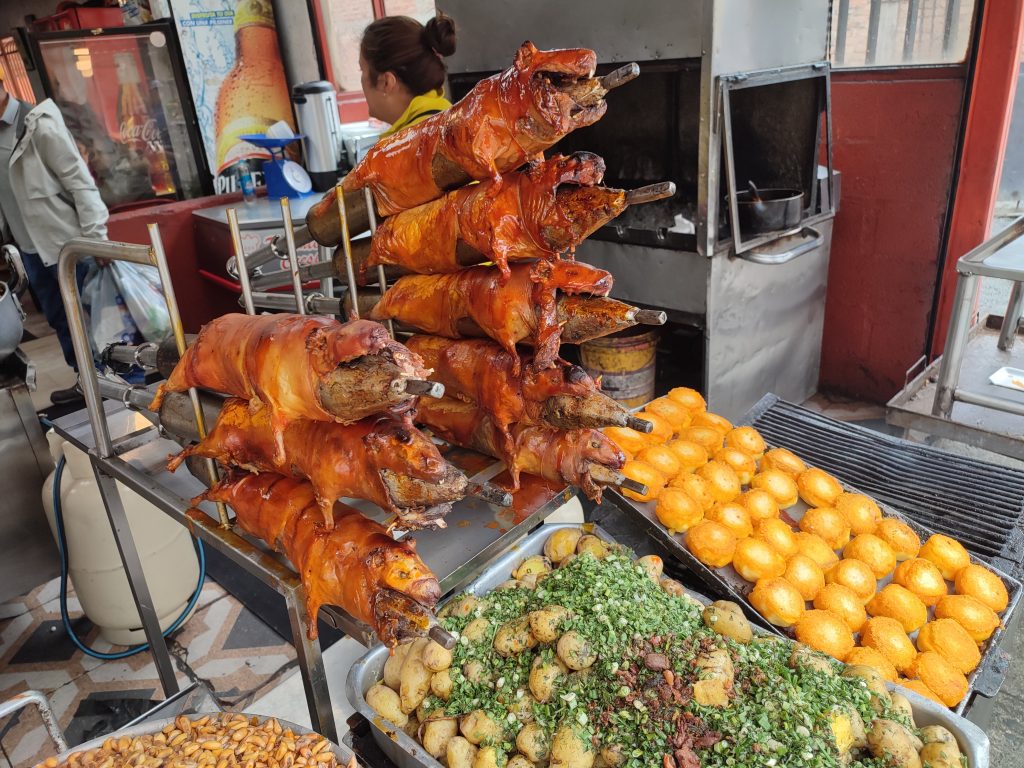
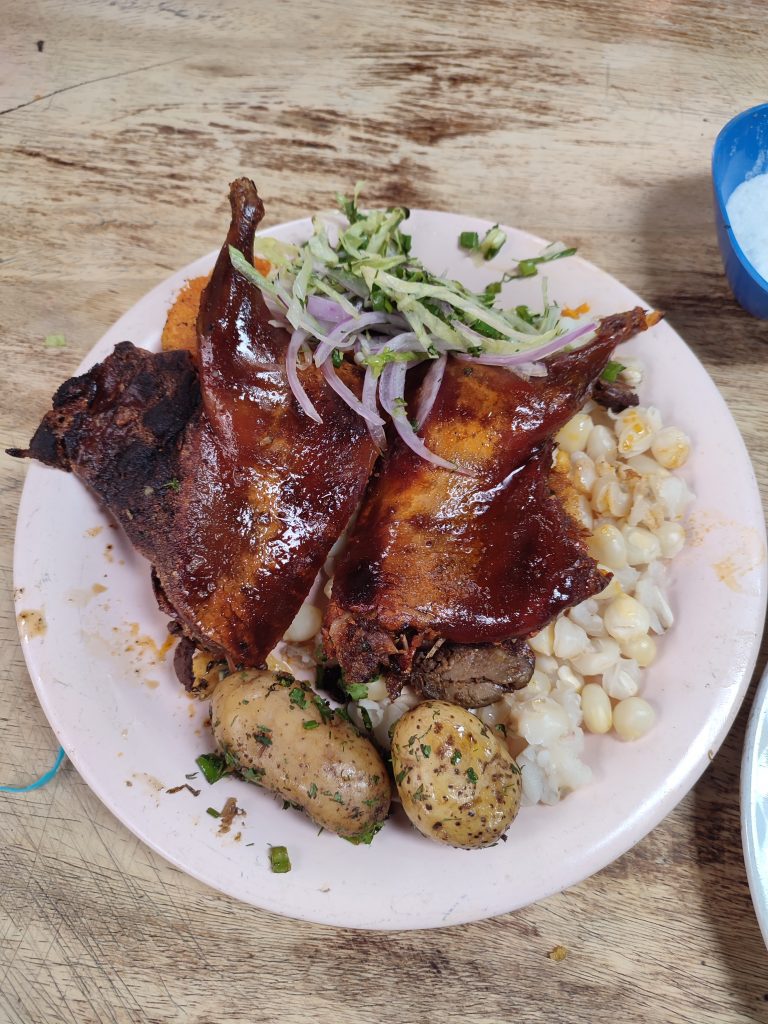
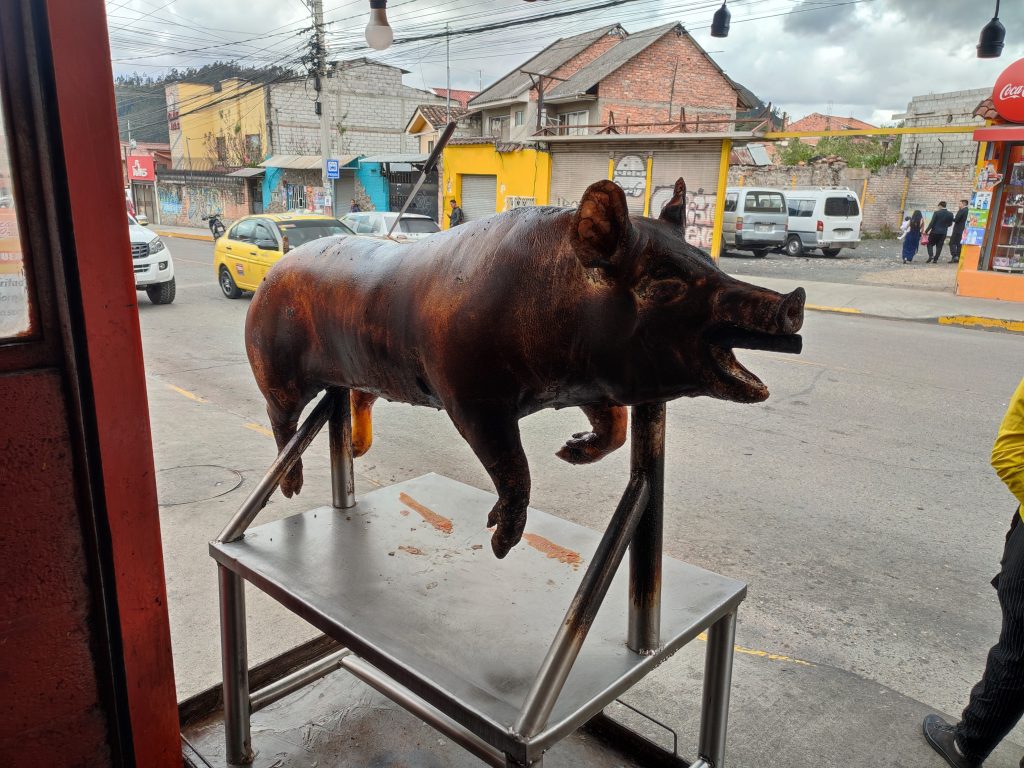
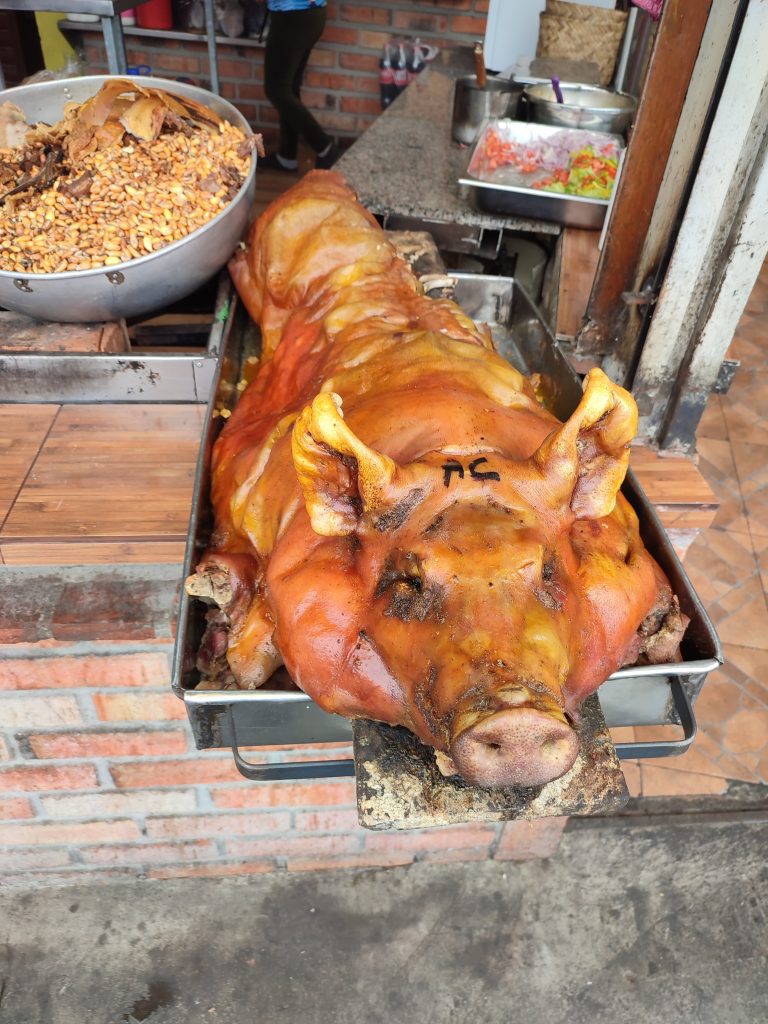
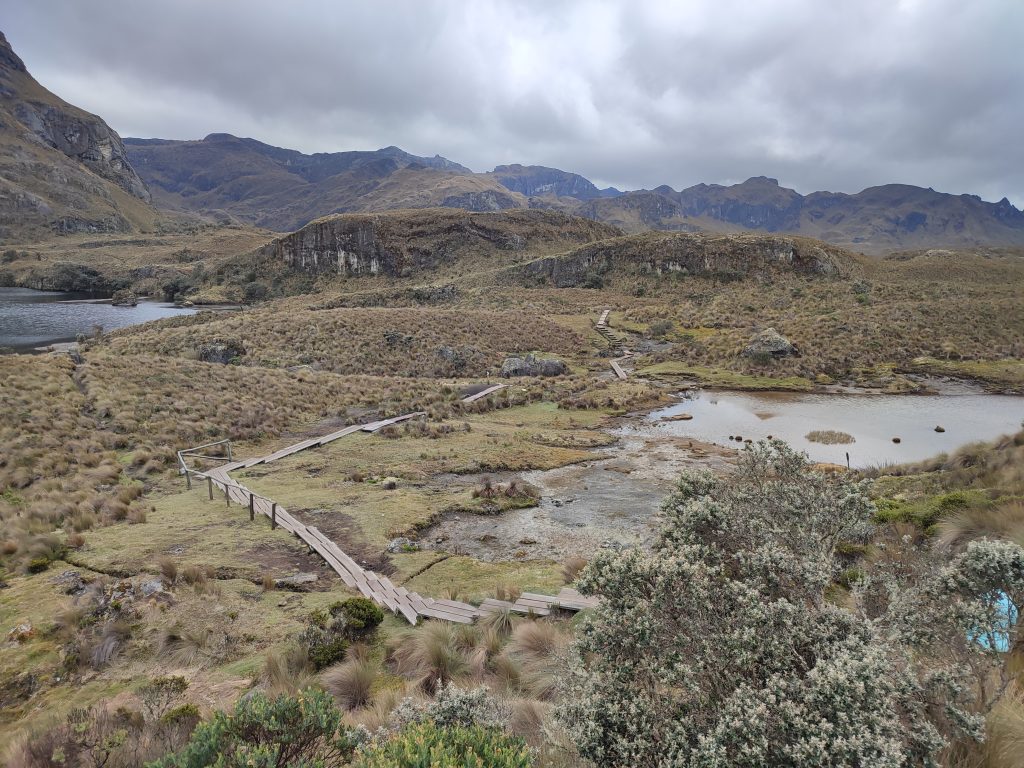
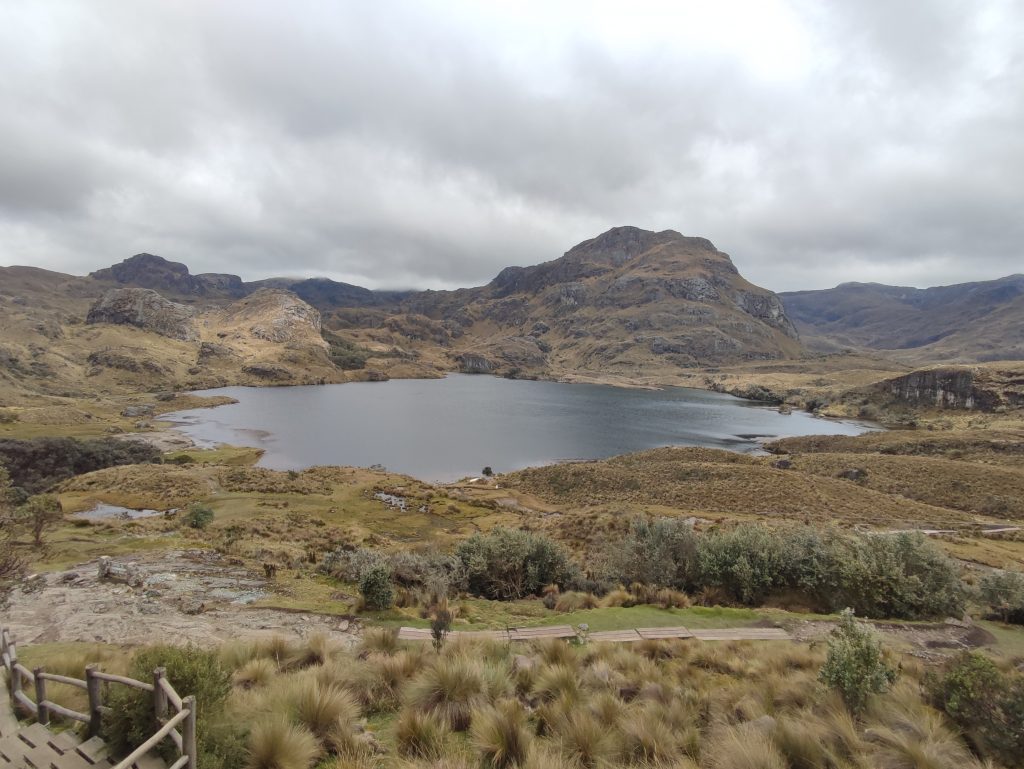
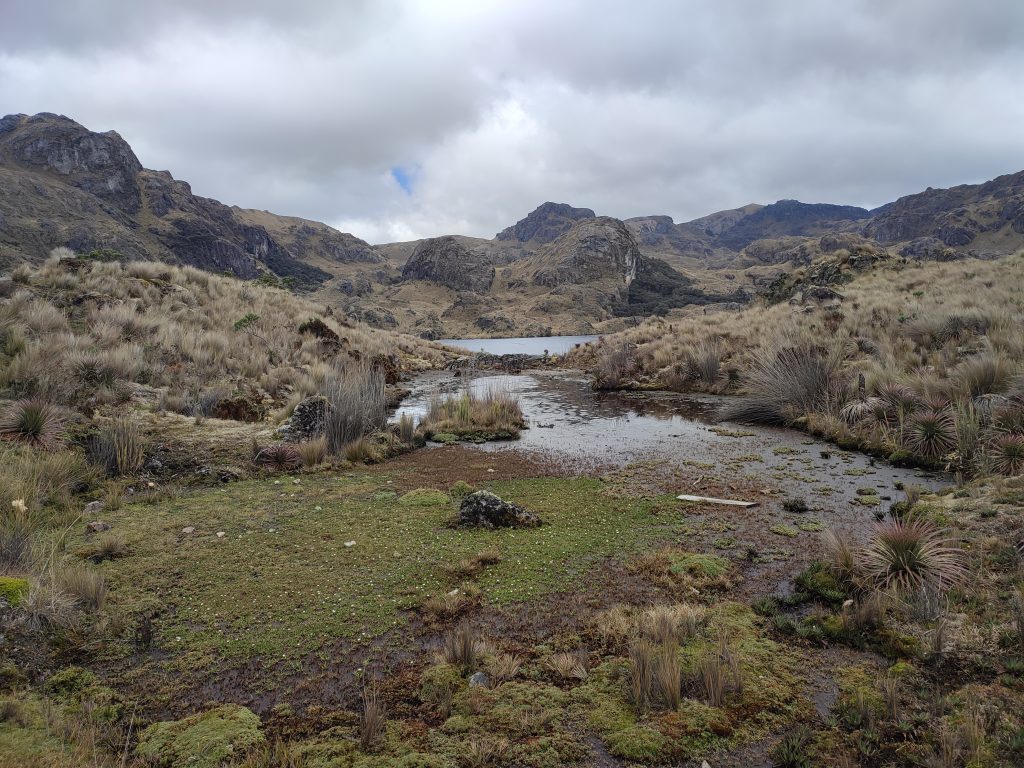
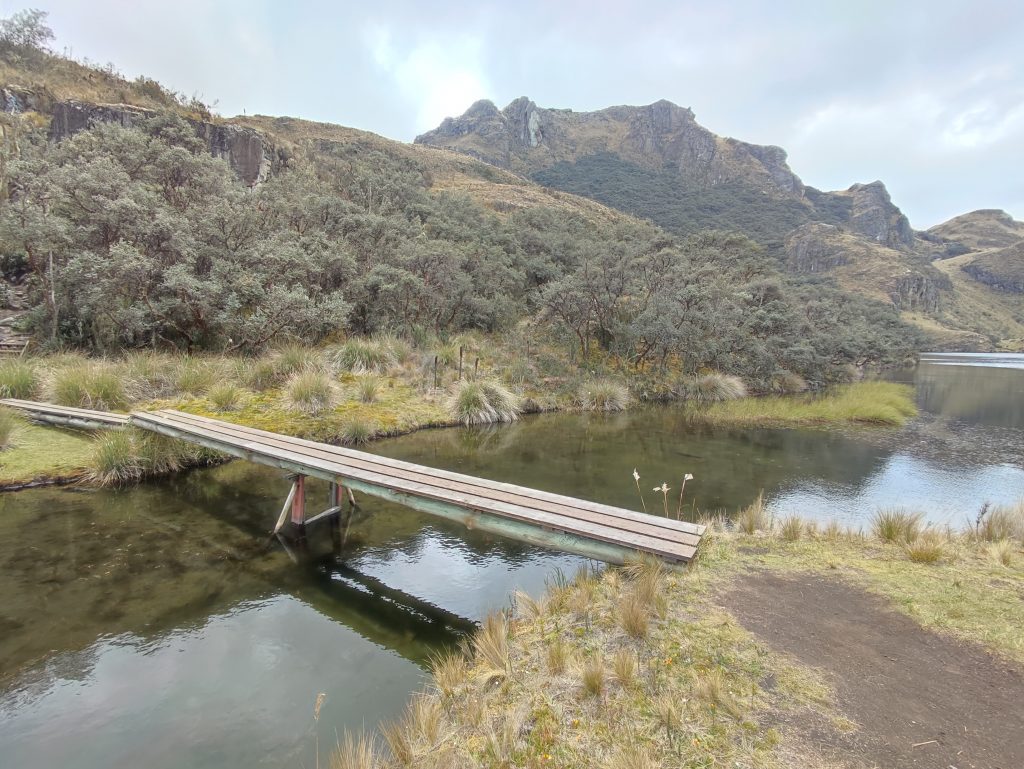
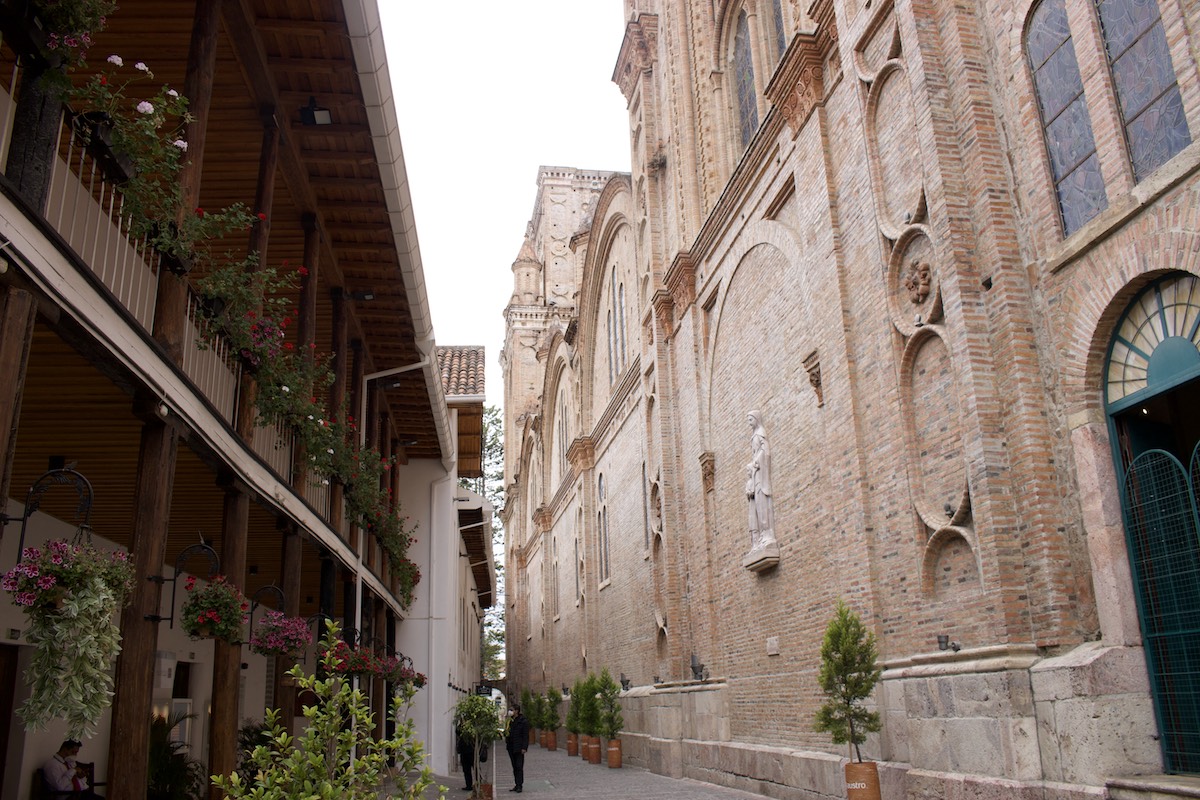
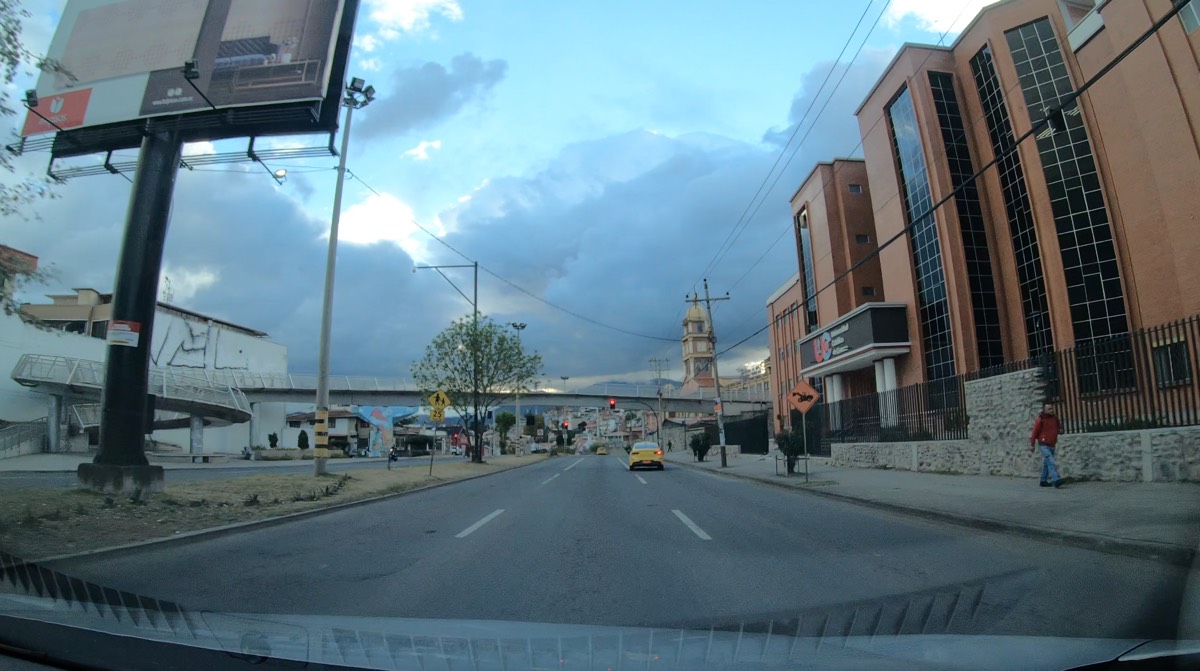
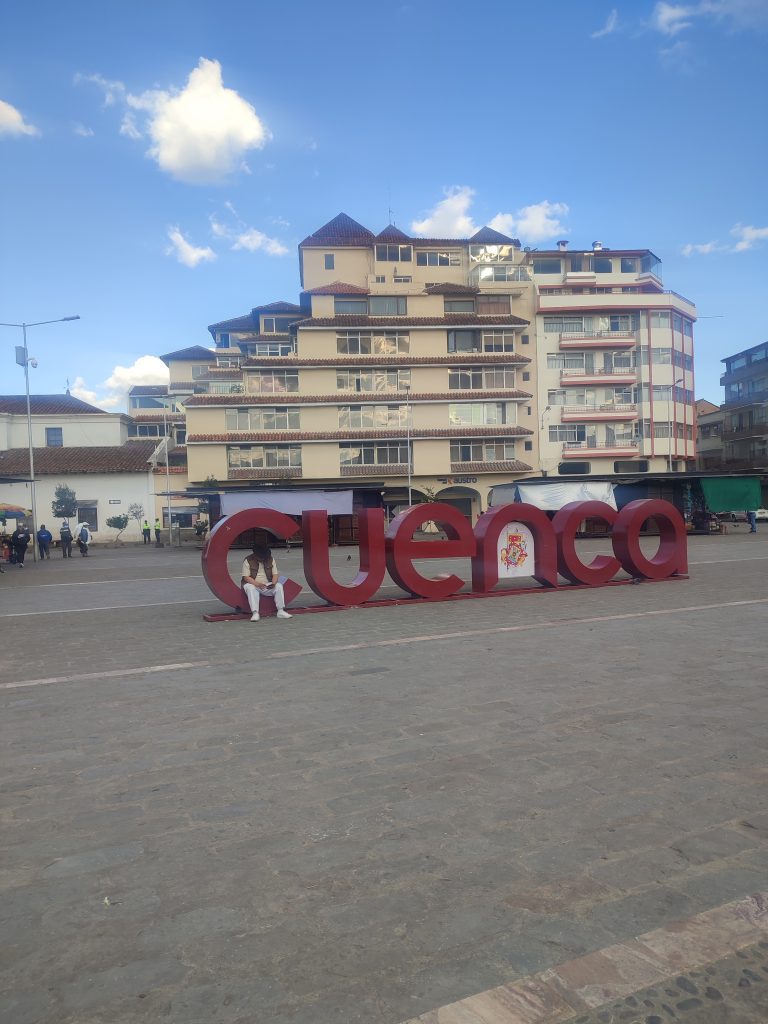
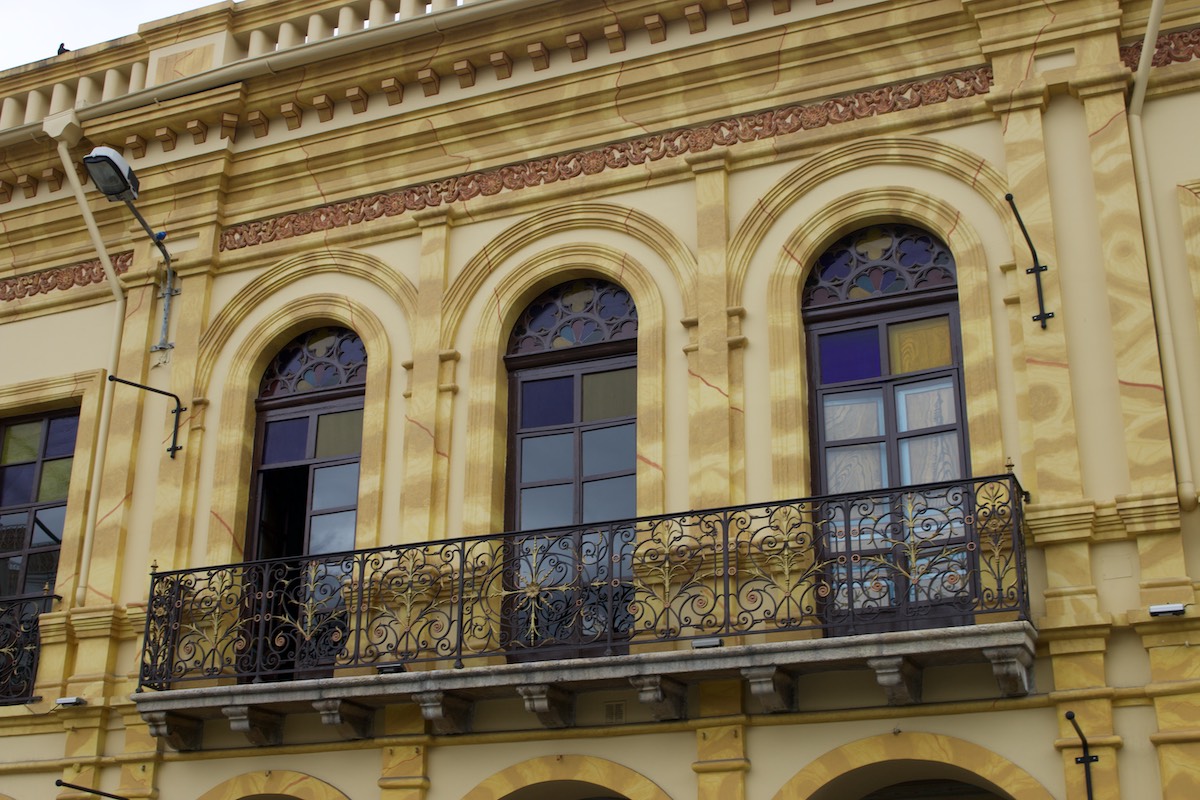
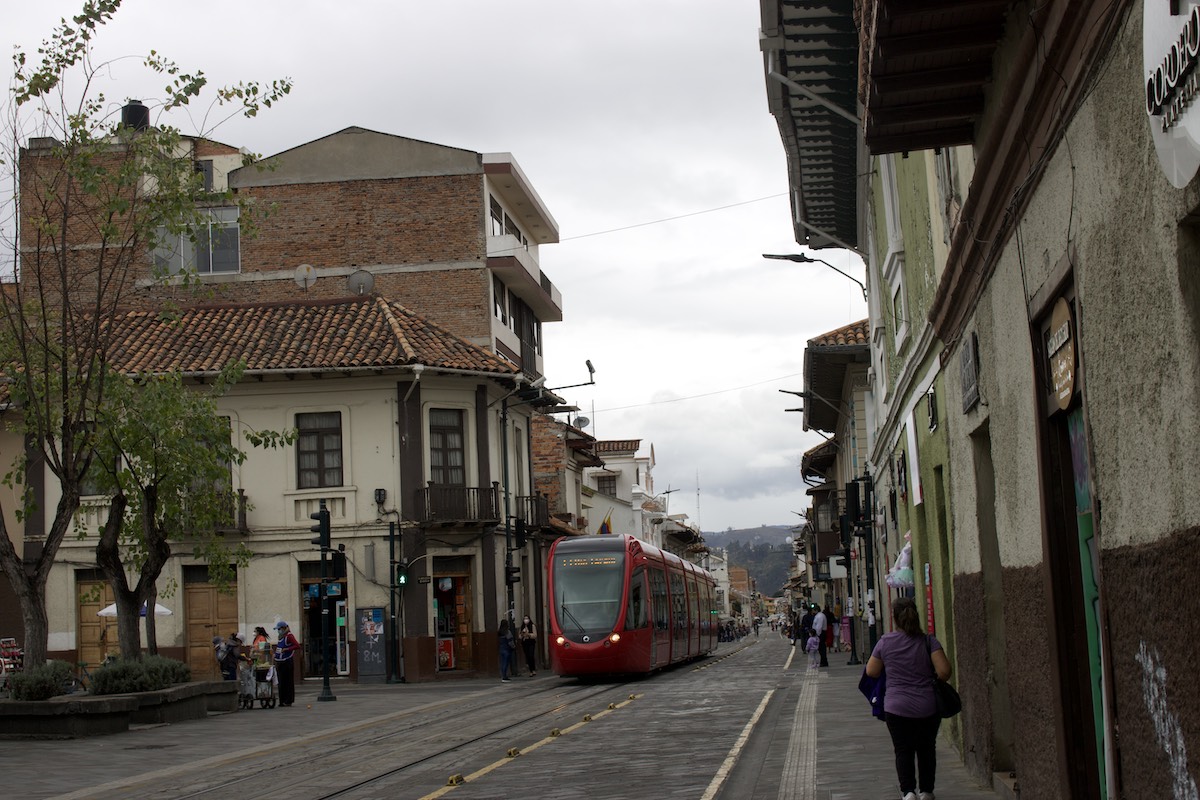
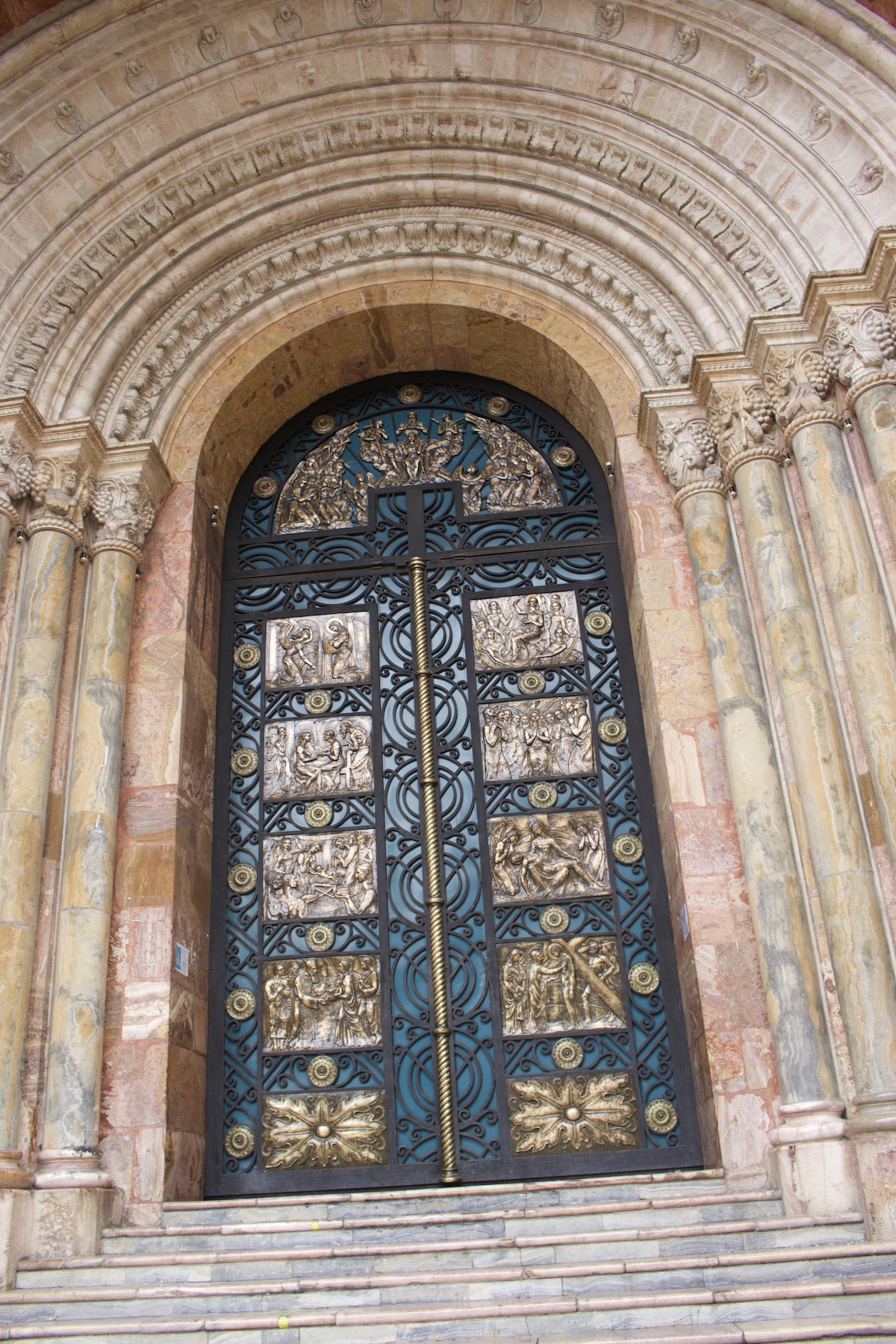
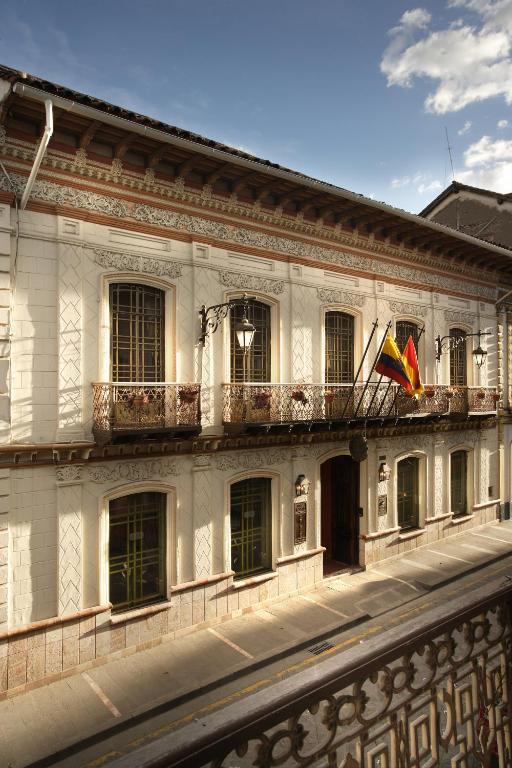
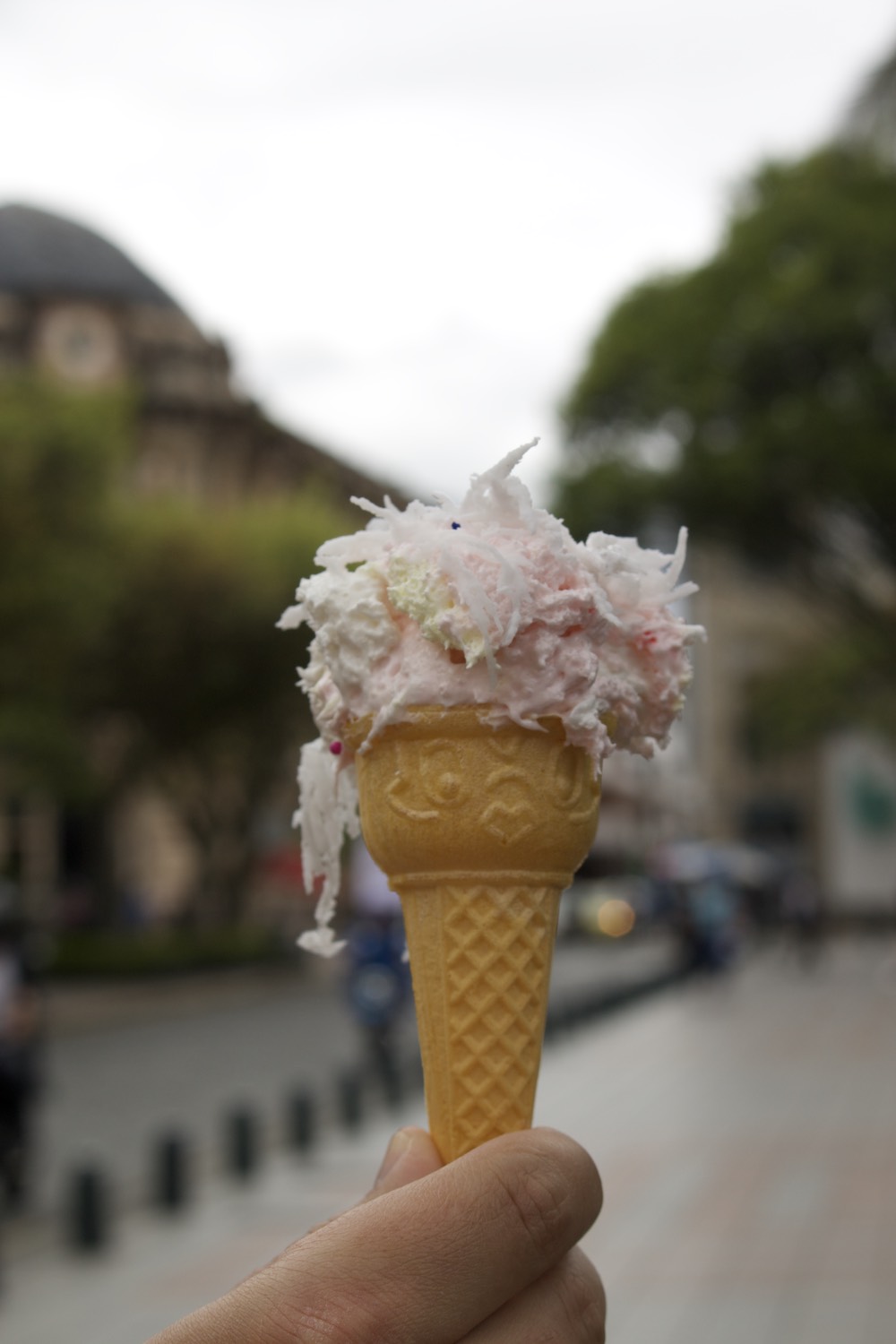

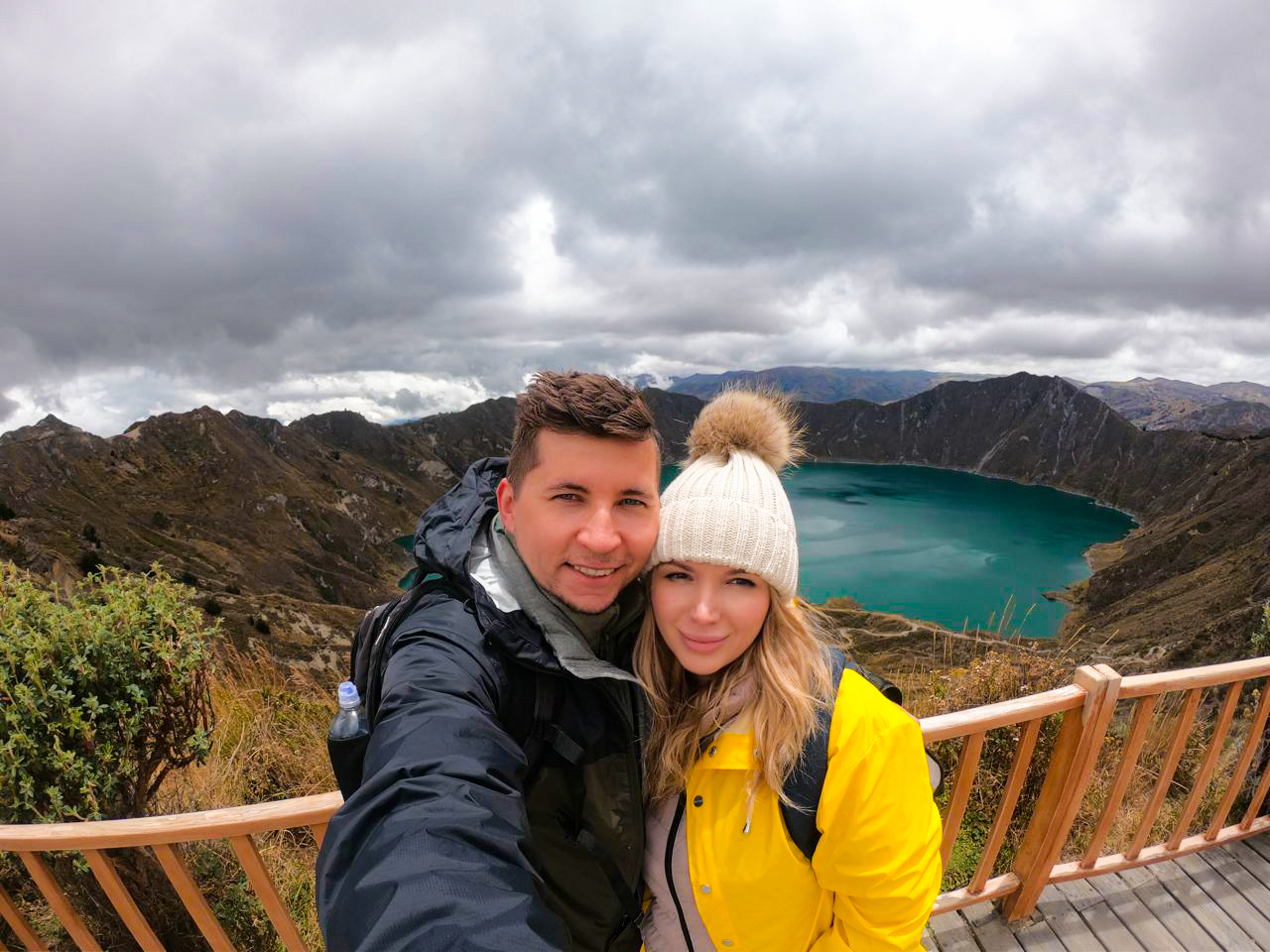
really nice n informative